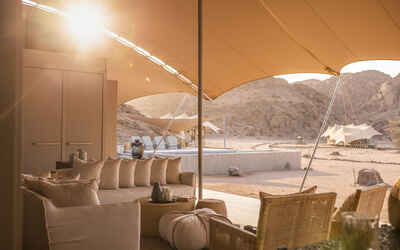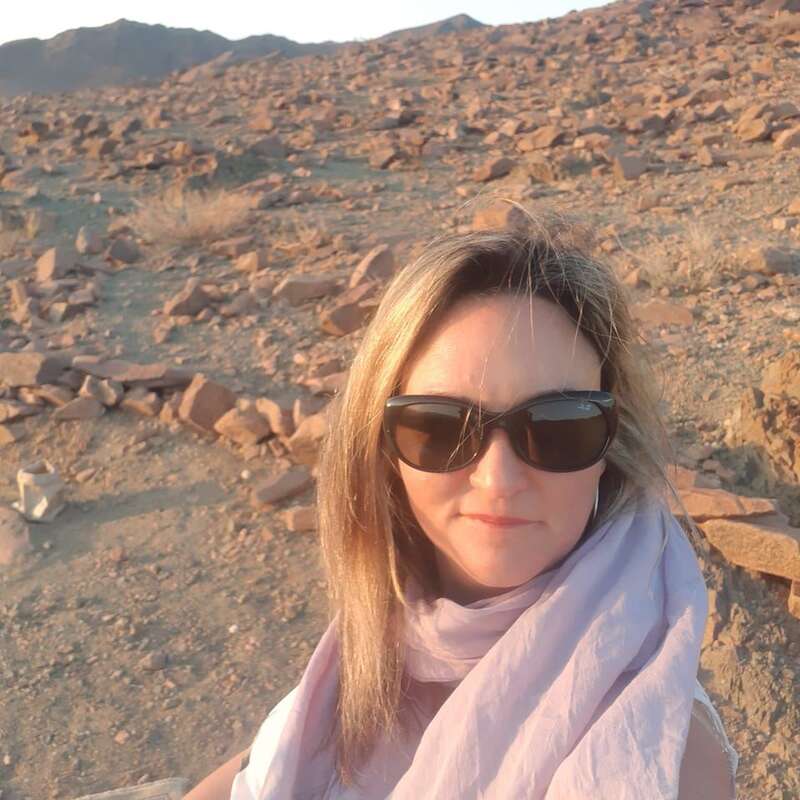About Hoanib Skeleton Coast Camp
Opened in August 2014, Hoanib Skeleton Coast Camp is a beautiful camp in a very remote location of northern ...
... Damaraland, about 1km outside the boundary of the Skeleton Coast National Park. Built in a private concession, or reserve, close to the ephemeral Hoanib River, it is surrounded by gravel plains, mountains and large yellow sand dunes. It is viewed as a successor to the Skeleton Coast Camp, which closed a few years ago.
Hoanib isn’t for the budget conscious, but we think that the truly remote location, the chance to spend time in the Skeleton Coast National Park, and a scattering of really interesting desert-adapted wildlife combine to make it worth the money. Come for these rather than for the camp itself, no matter how stylish. But don’t expect a parade of animals – this is a tough environment in which to eke out an existence.
Our view
Hoanib isn’t for the budget conscious, but we think that the truly remote location, the chance to spend time in the Skeleton Coast National Park, and a scattering of really interesting desert-adapted wildlife combine to make it worth the money. Come for these rather than for the camp itself, no matter how stylish. But don’t expect a parade of animals – this is a tough environment in which to eke out an existence.
Accommodation
8 suites
Children
Best for 12+
Open
All year
Activities

4WD Safari

Guided walking safari

Night drive

Private activities
Traveller reviews of Hoanib Skeleton Coast Camp
43 real, un-edited reviews from Expert Africa's travellers.
Arrived 28 Jan 2025, 3 nights
"Hoanib Skeleton Coast Camp review"
Overall rating: Excellent
Arrived 17 Sep 2024, 3 nights
"Hoanib Skeleton Coast Camp review"
Overall rating: Excellent
Arrived 26 Aug 2024, 3 nights
"Hoanib Skeleton Coast Camp review"
Overall rating: Excellent
Arrived 28 Apr 2024, 3 nights
"Hoanib Skeleton Coast Camp review"
Overall rating: Excellent
Arrived 16 Apr 2024, 3 nights
"Hoanib Skeleton Coast Camp review"
Overall rating: Excellent
Arrived 29 Oct 2022, 3 nights
"Hoanib Skeleton Coast Camp review"
Overall rating: Excellent
Arrived 14 Jul 2022, 3 nights
"Hoanib Skeleton Coast Camp review Luxury camp"
Overall rating: Excellent
Arrived 30 May 2022, 3 nights
"Chic, Remote Camp"
Overall rating: Excellent
Arrived 27 May 2022, 3 nights
"Hoanib Skeleton Coast Camp review"
Overall rating: Excellent
Arrived 29 Aug 2021, 3 nights
"Hoanib Skeleton Coast Camp review"
Overall rating: Excellent
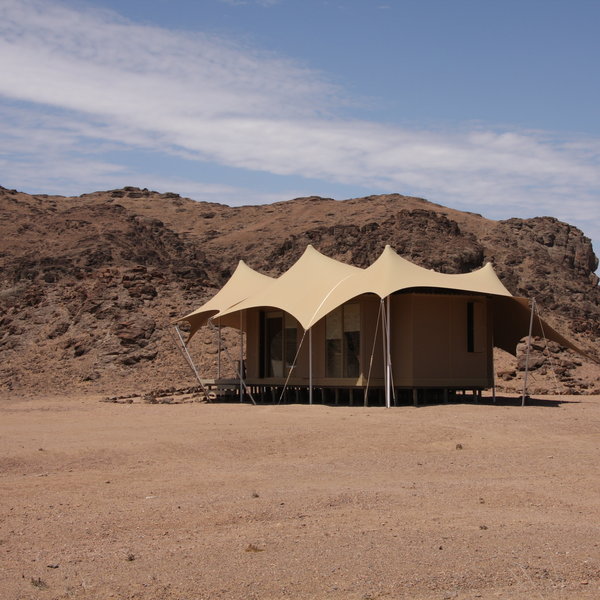
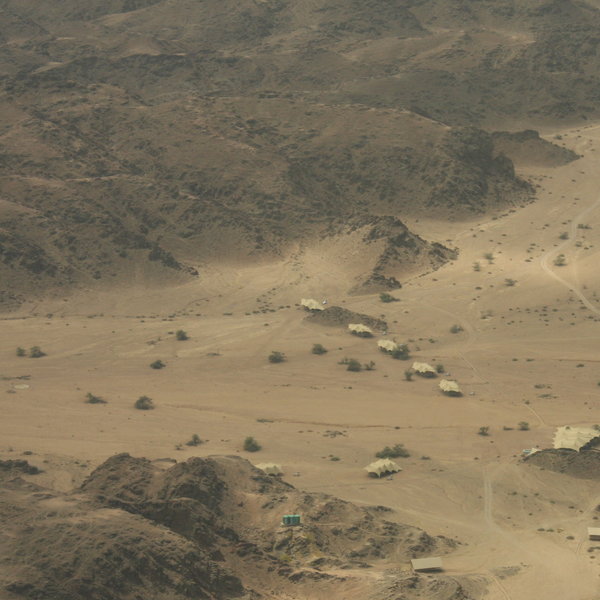
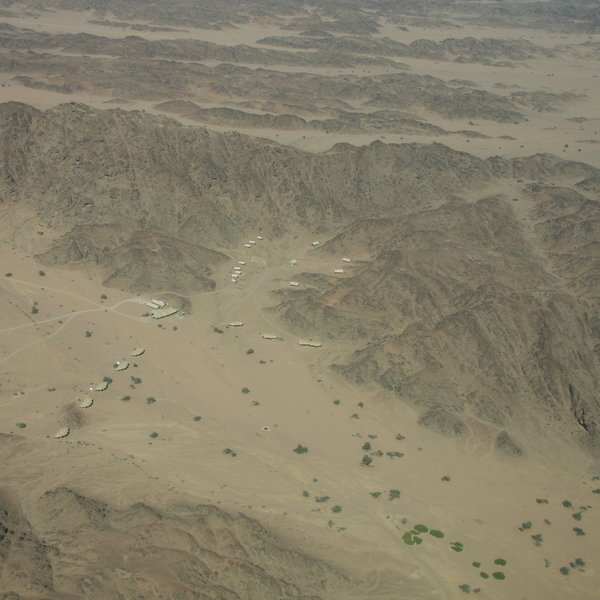
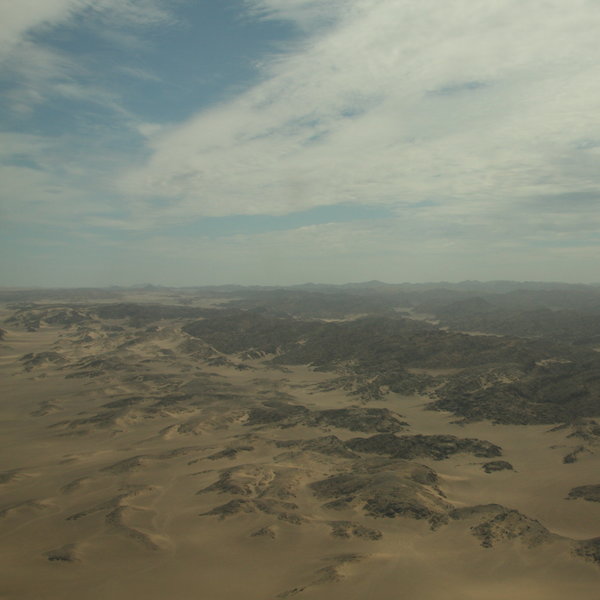
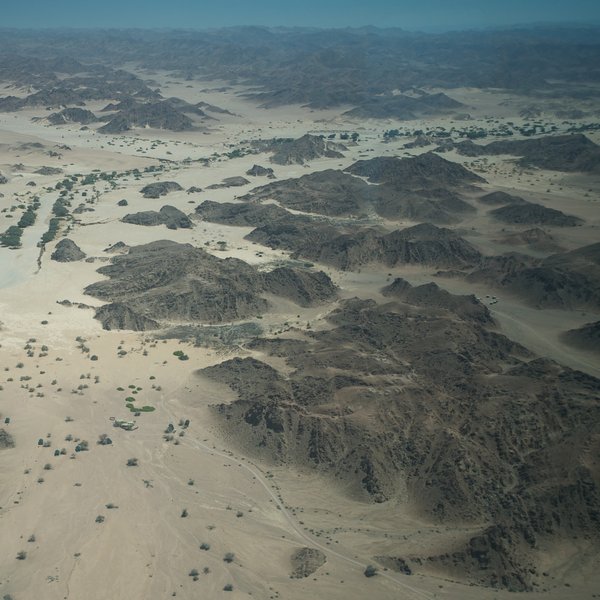
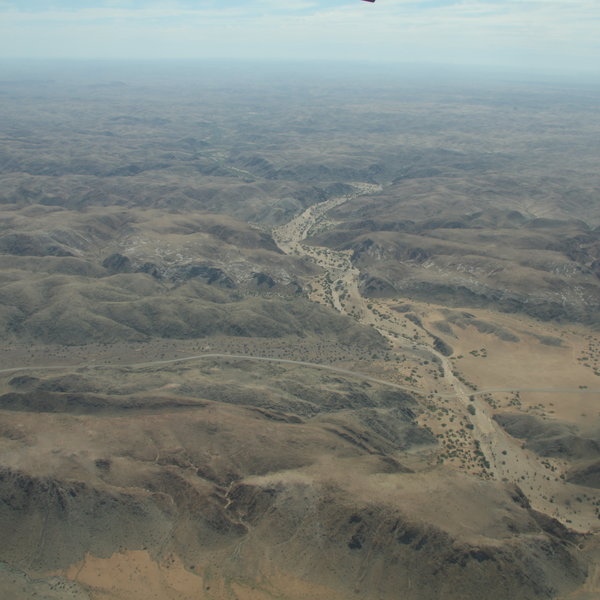
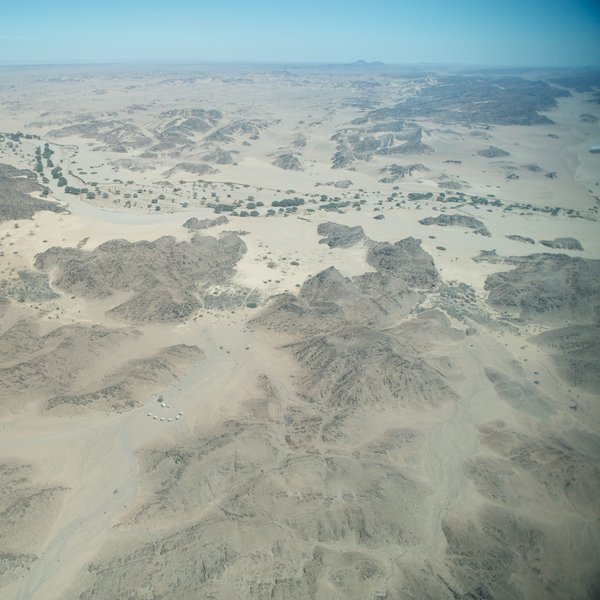
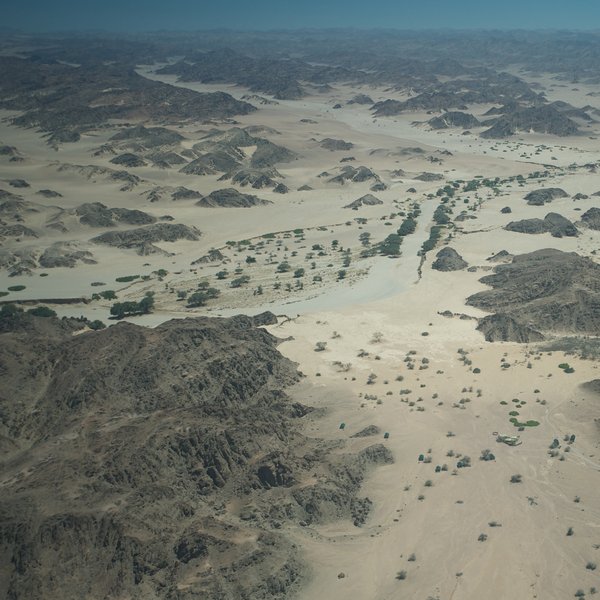
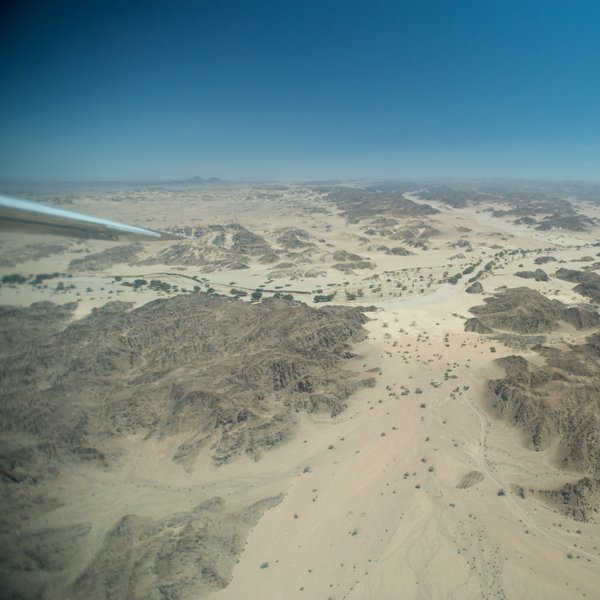
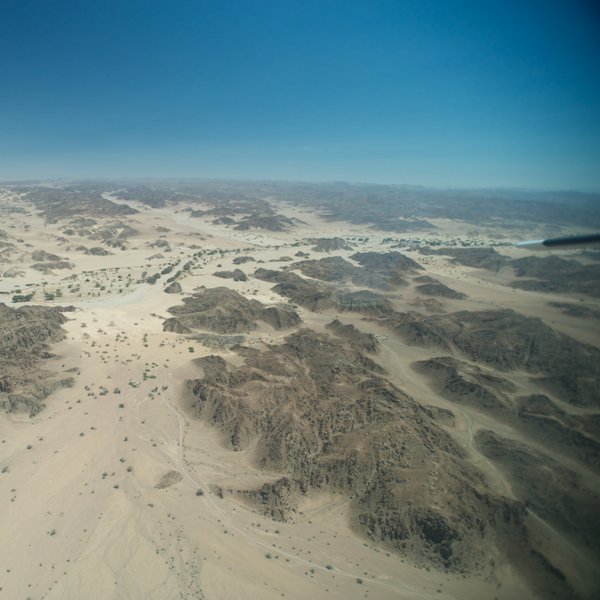
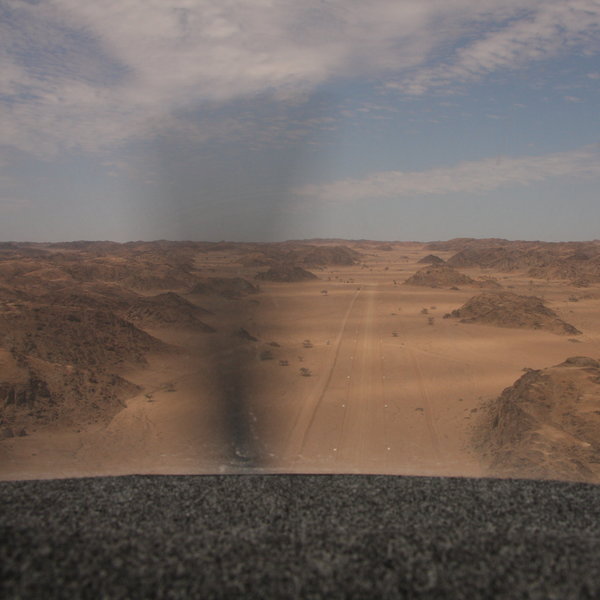
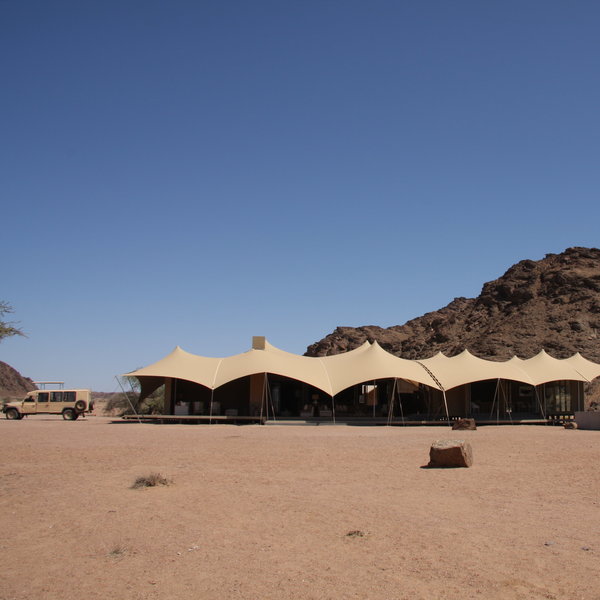
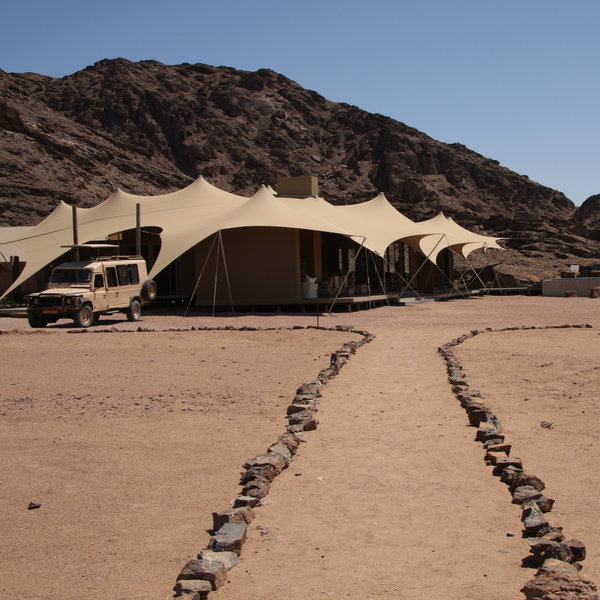
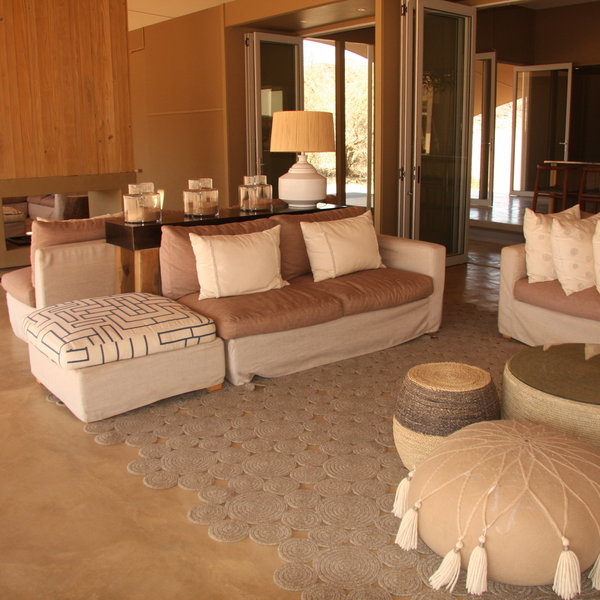
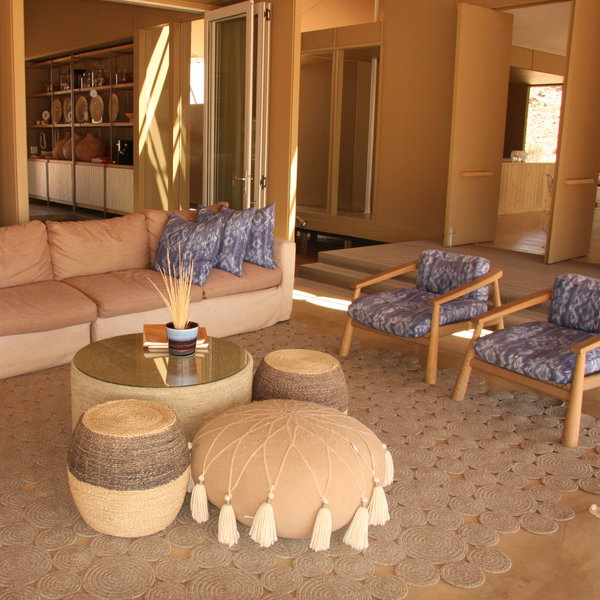
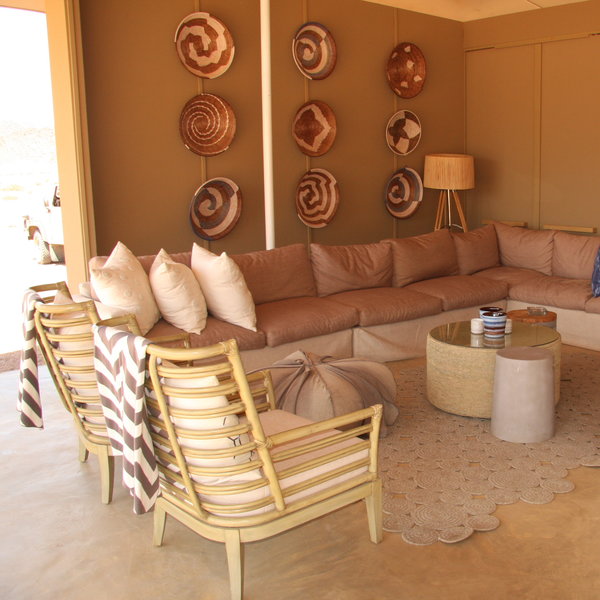
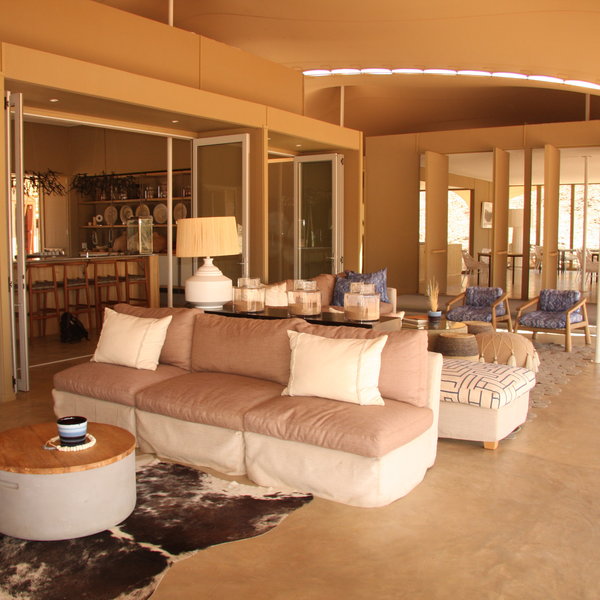
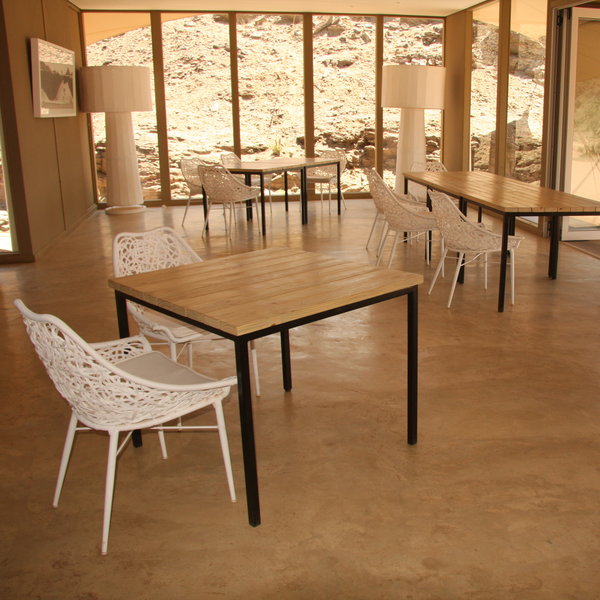
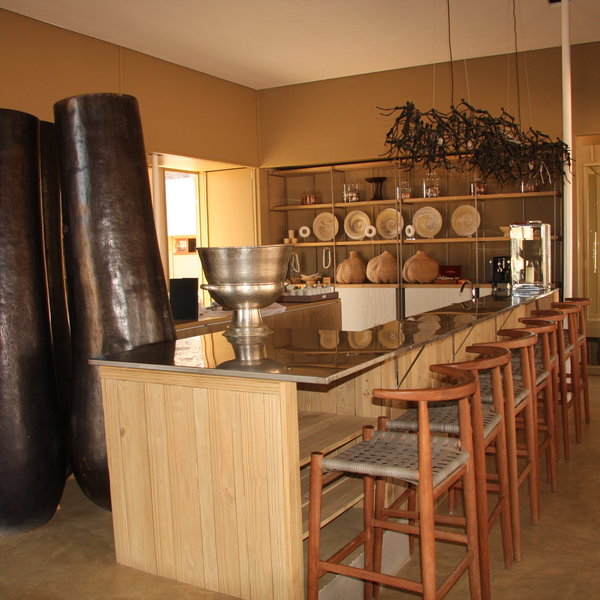
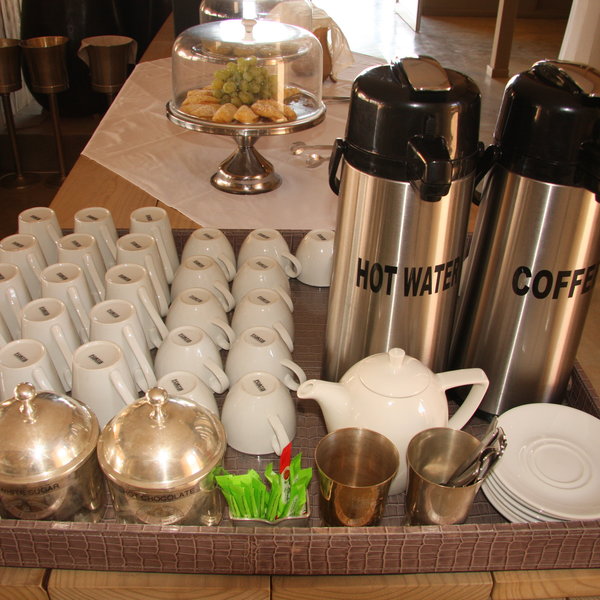
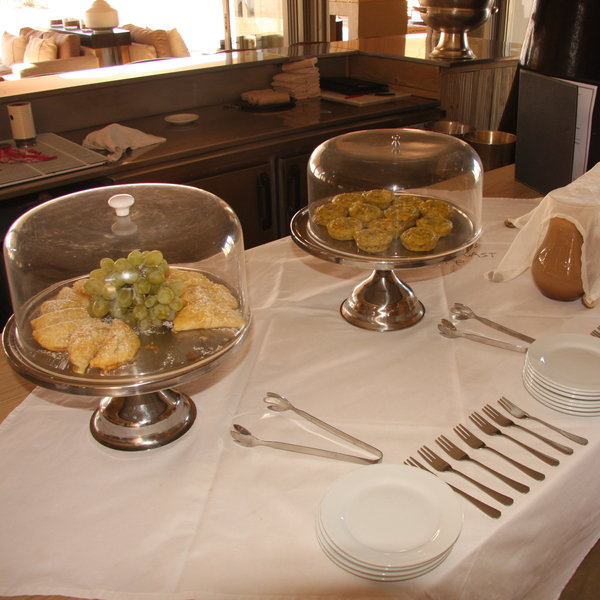
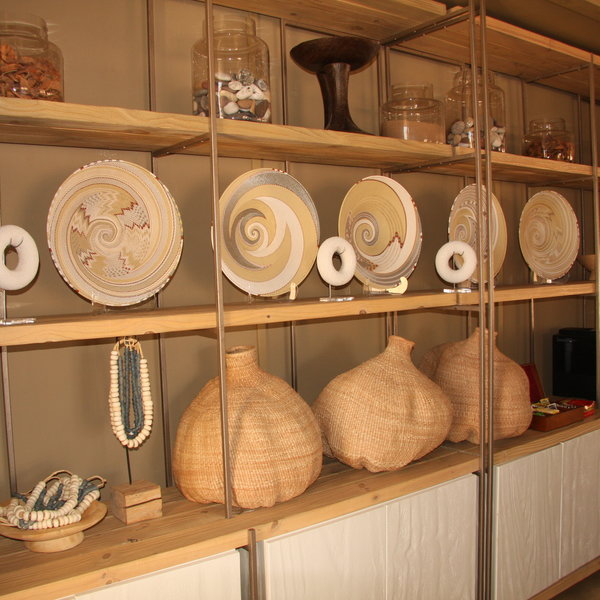
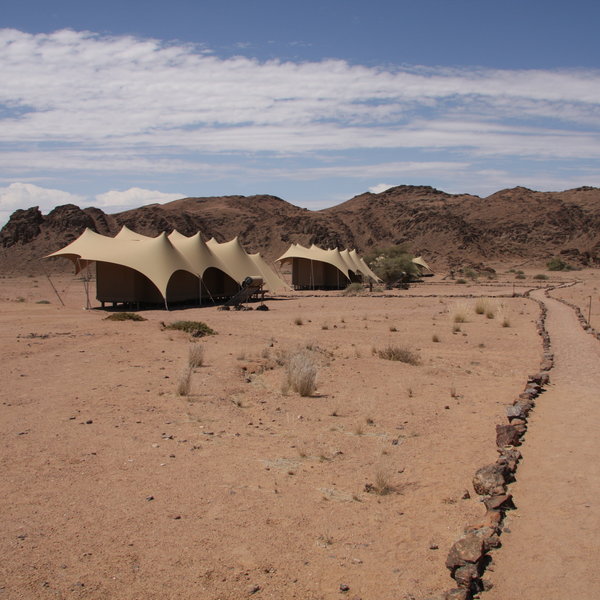
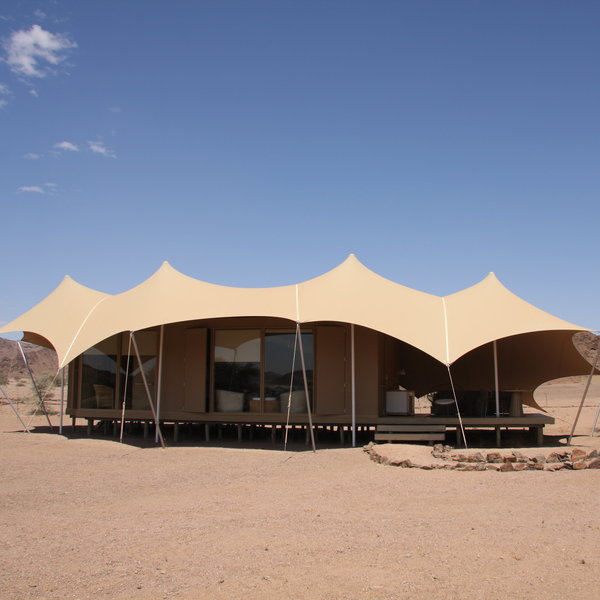
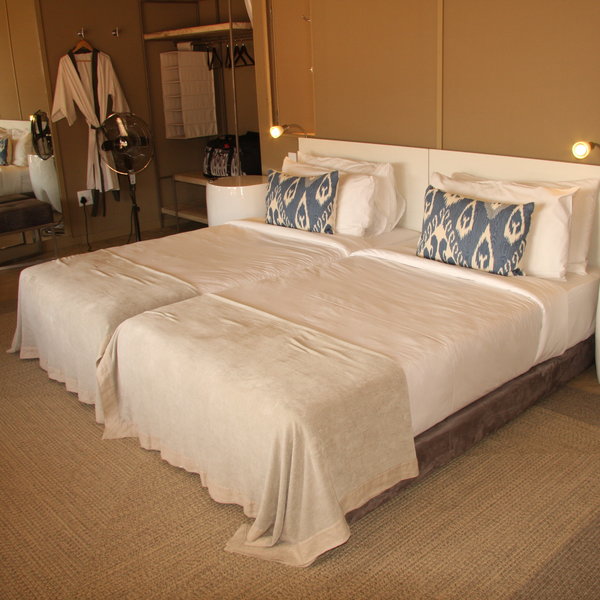
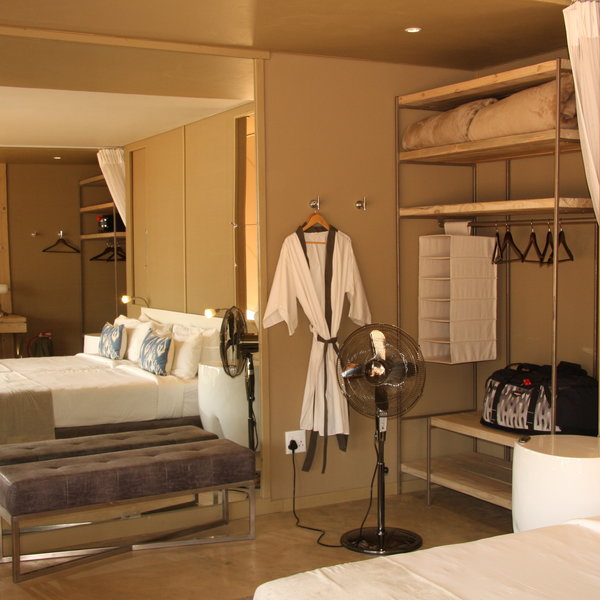
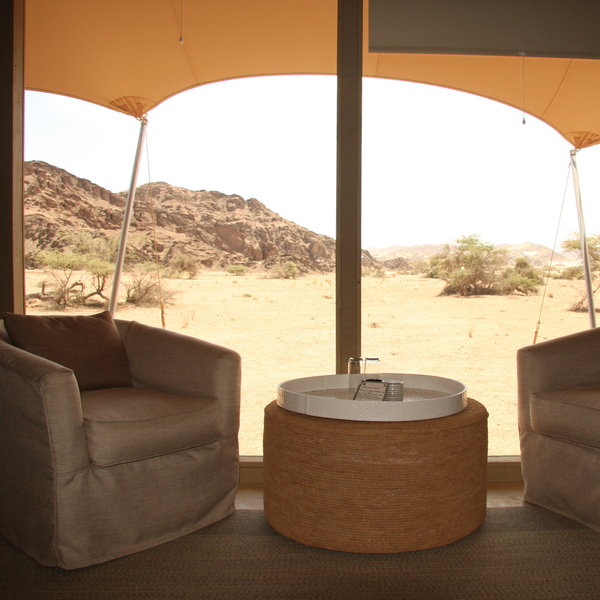
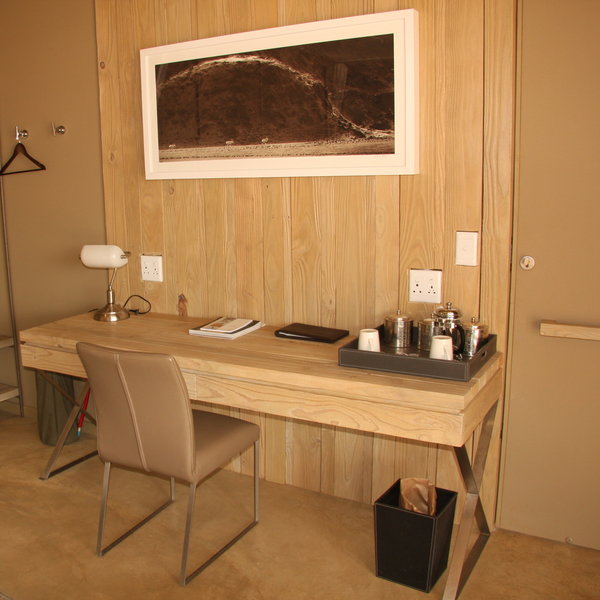
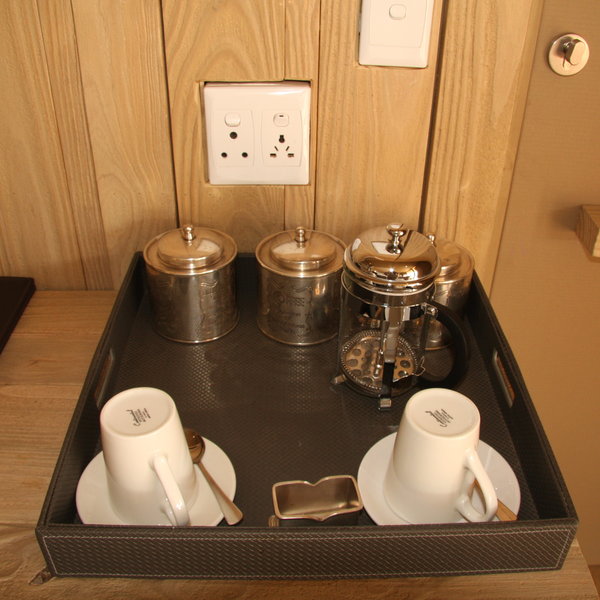
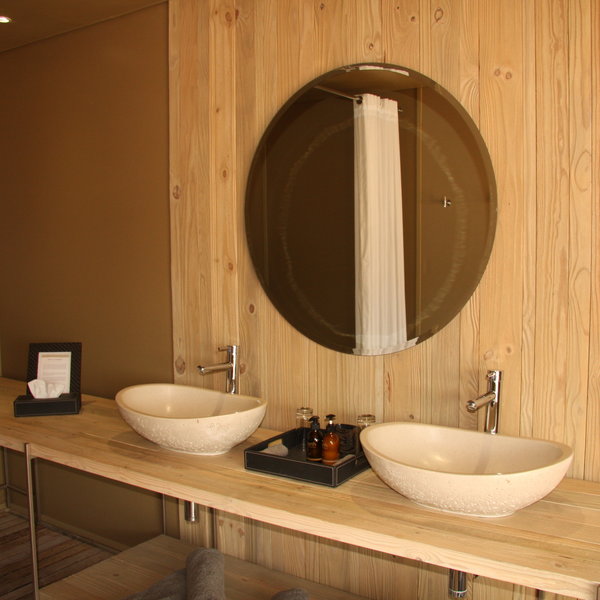
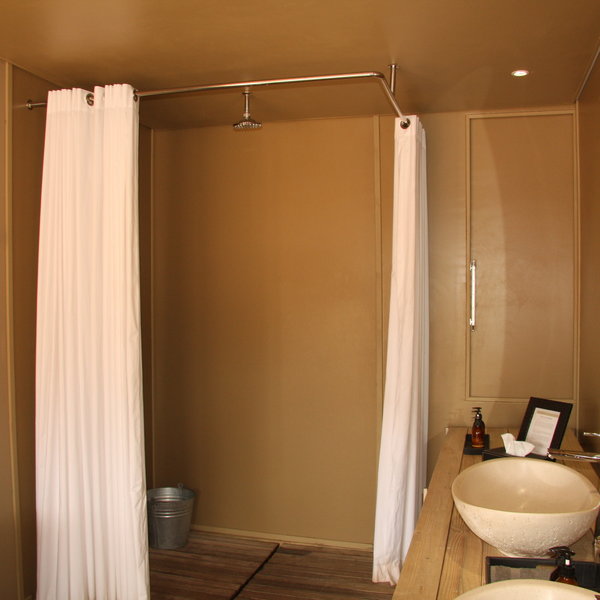
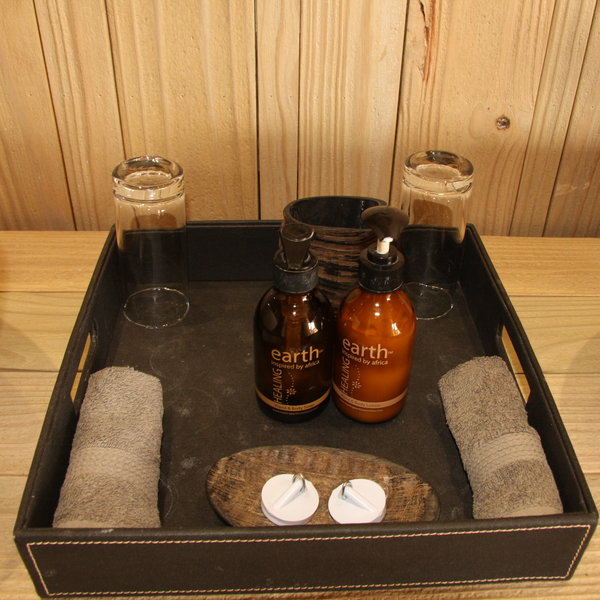
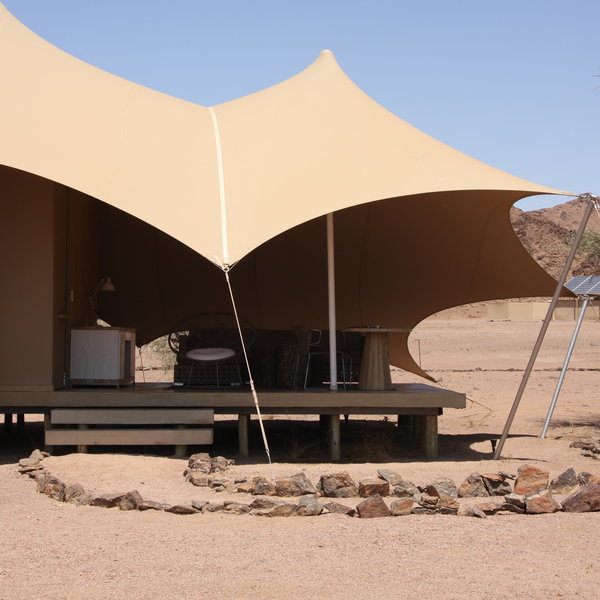
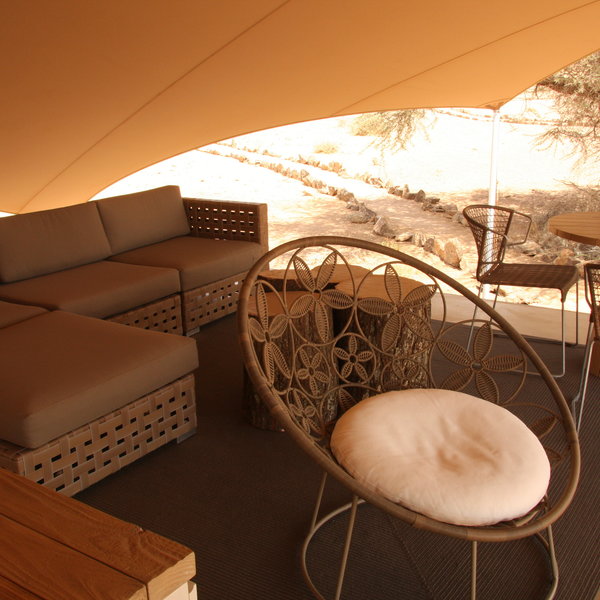
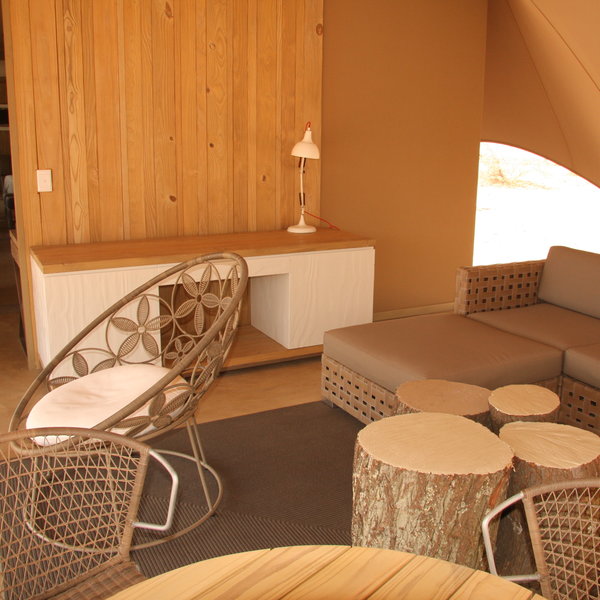
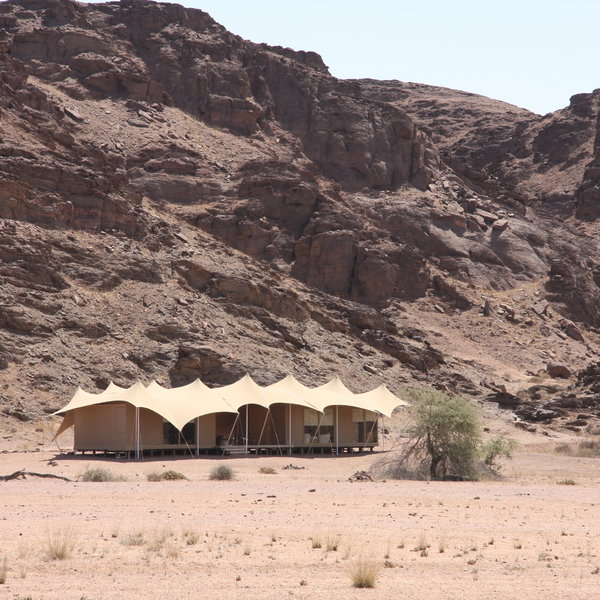
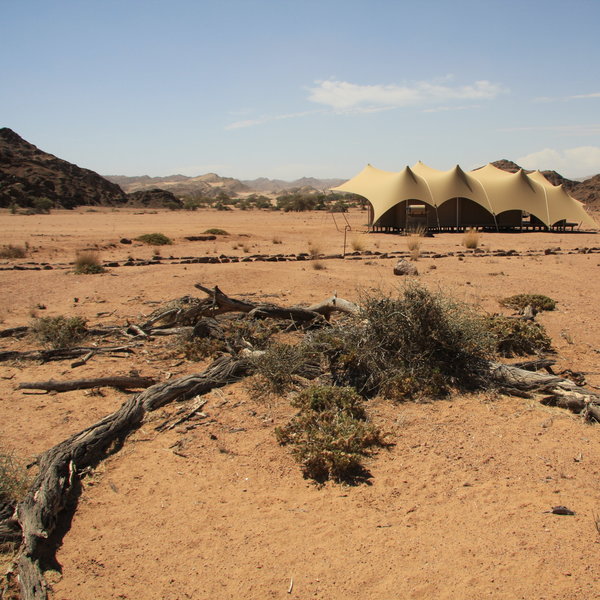
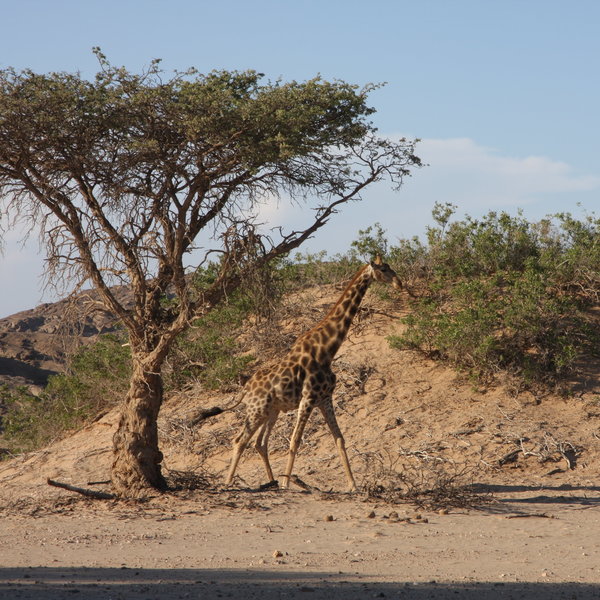
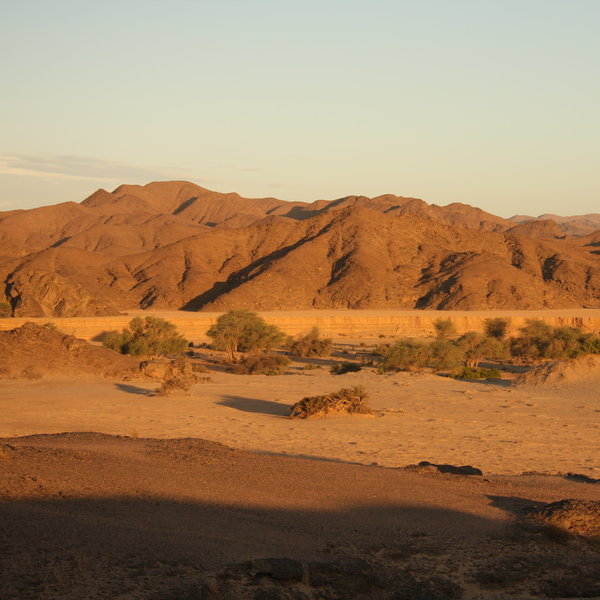
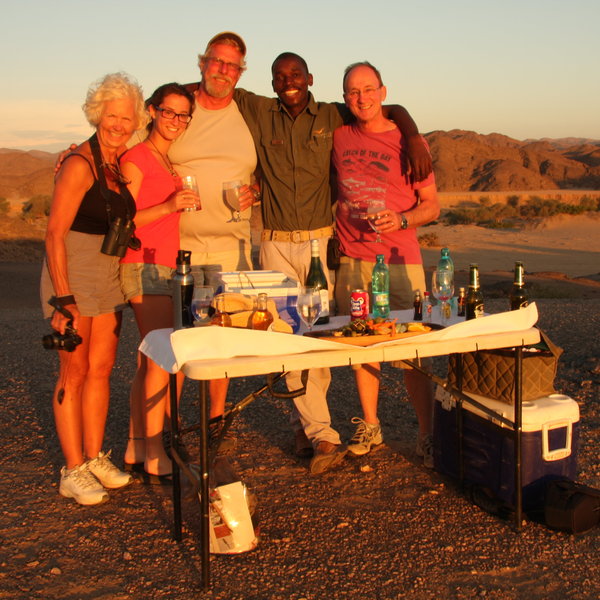
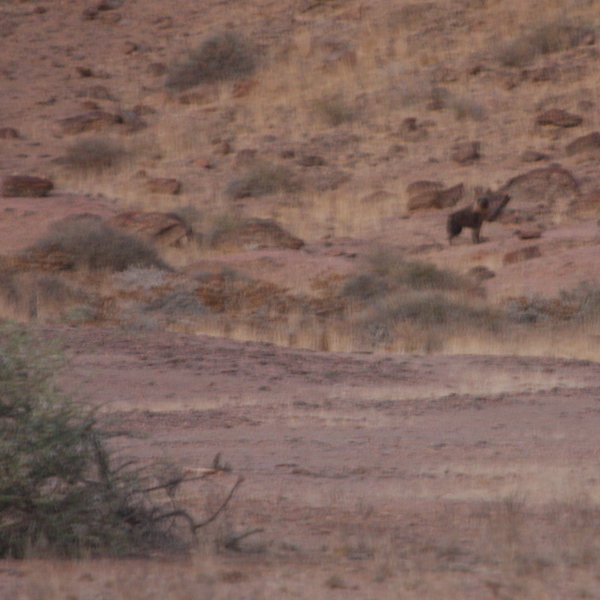
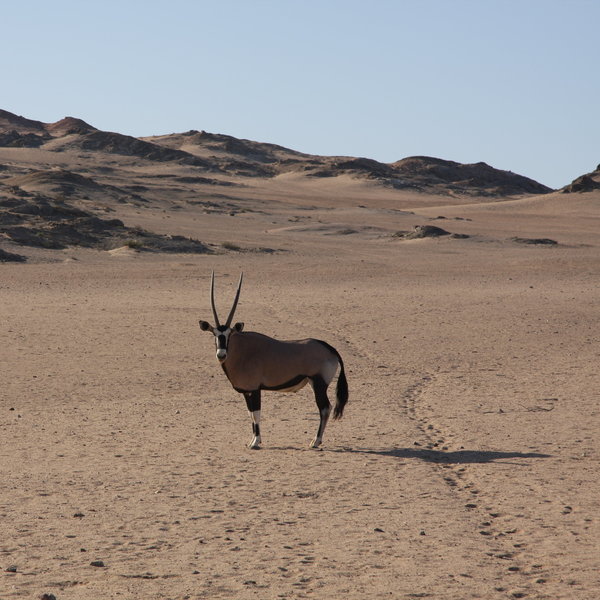
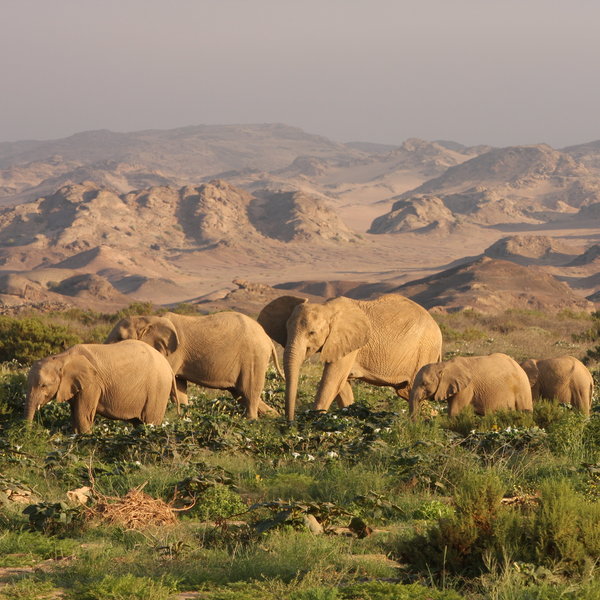
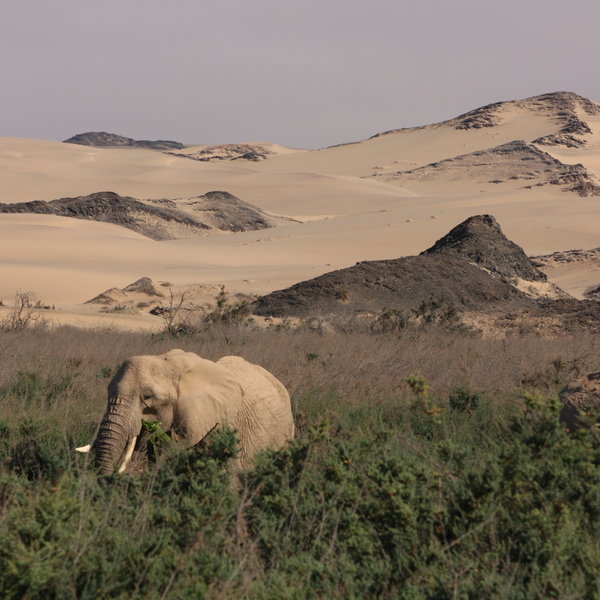
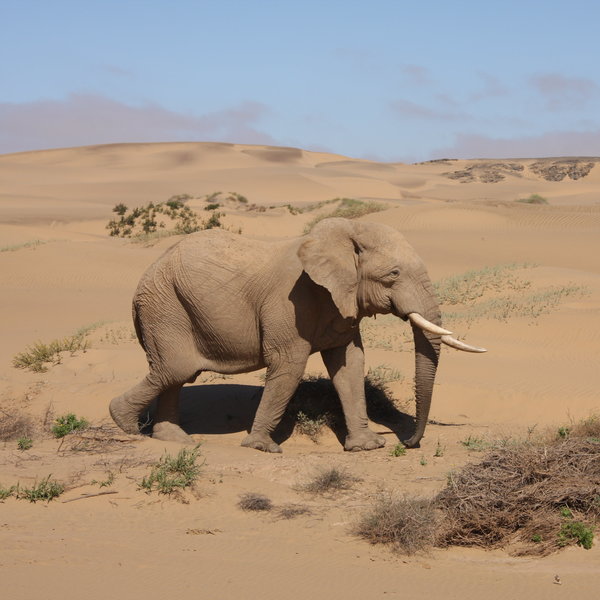
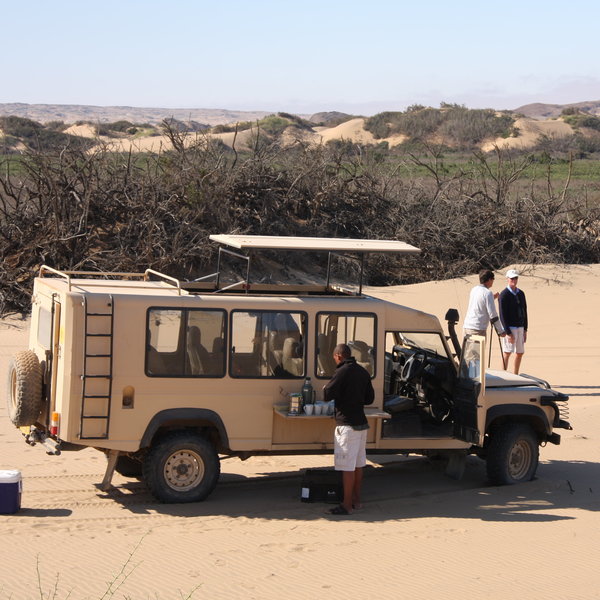
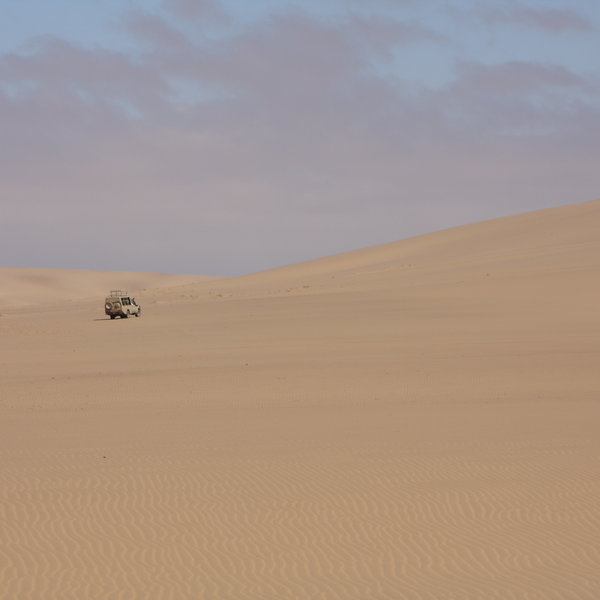
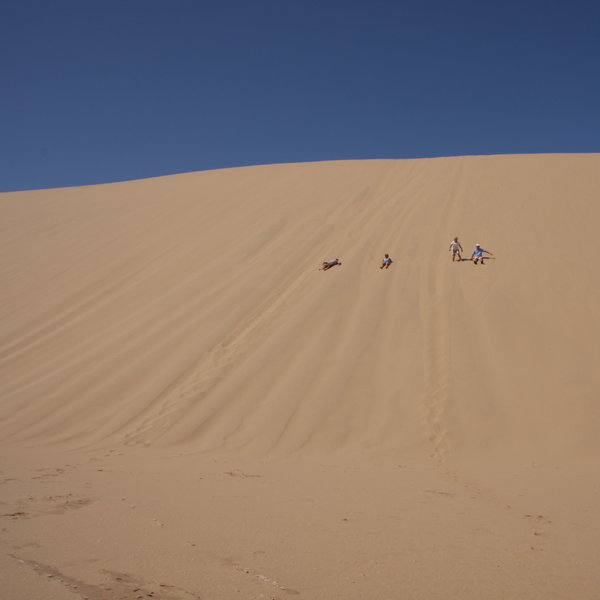
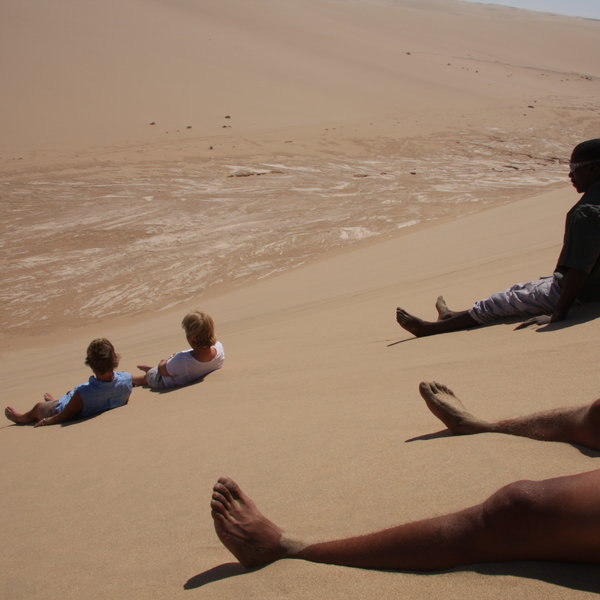
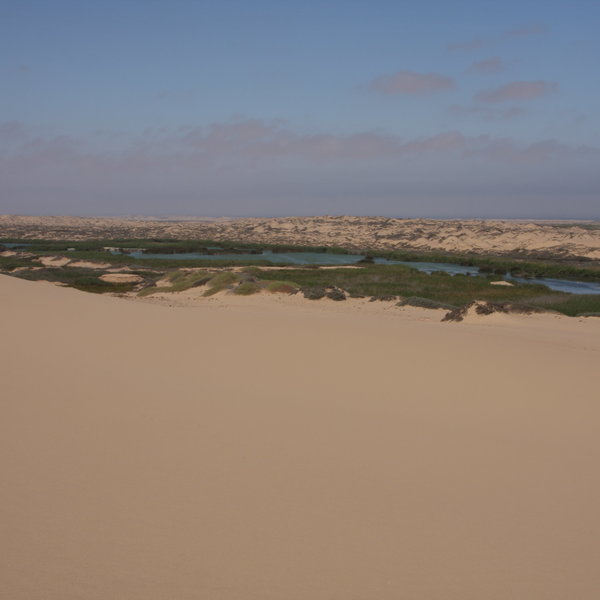
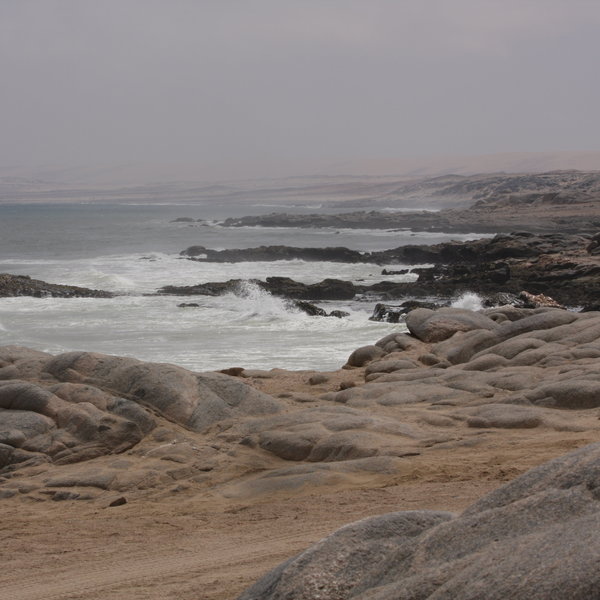
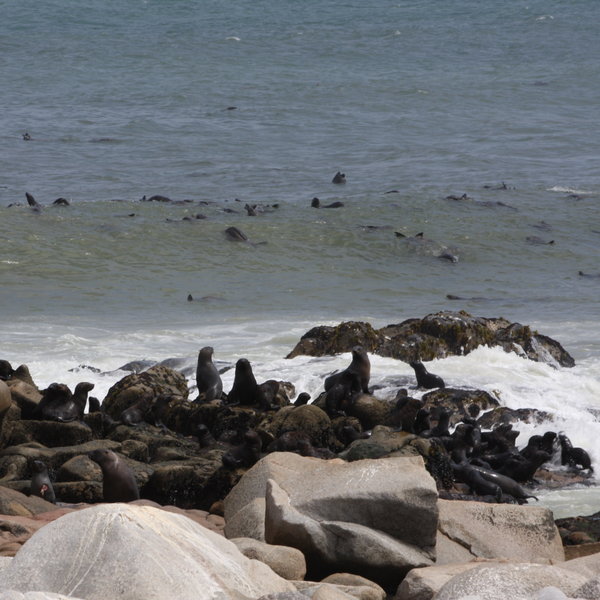
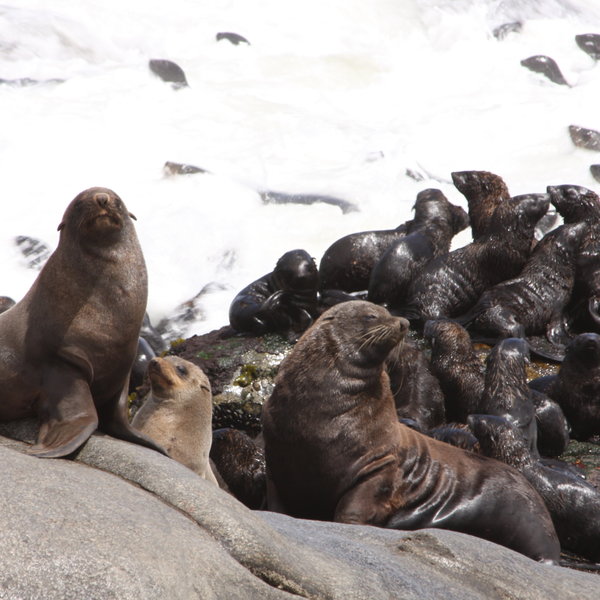

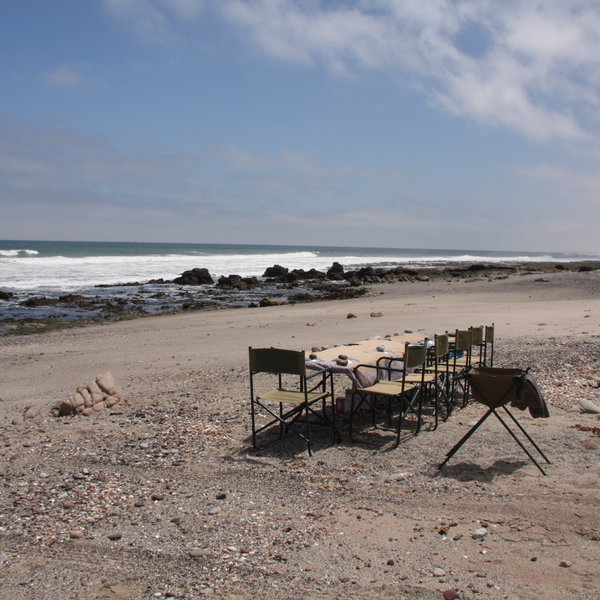
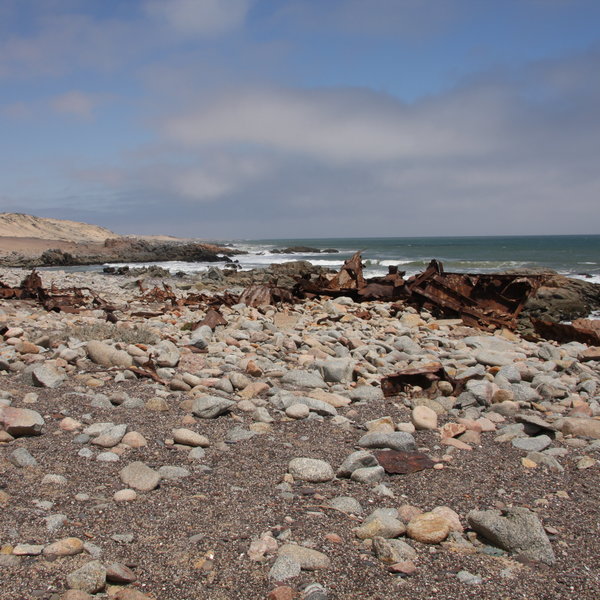
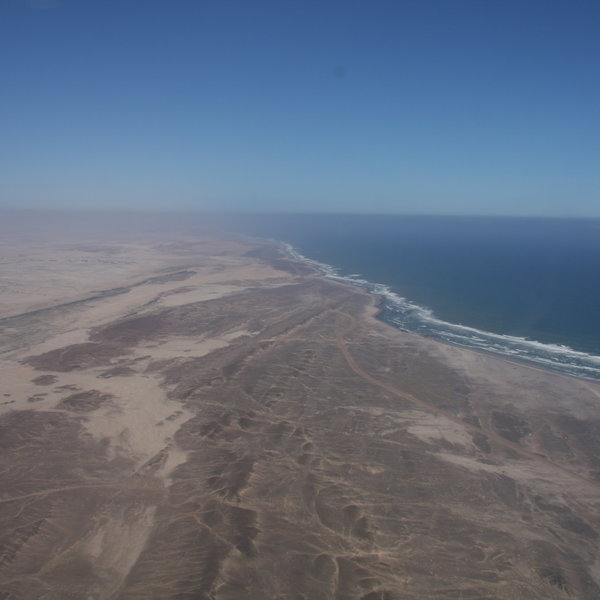
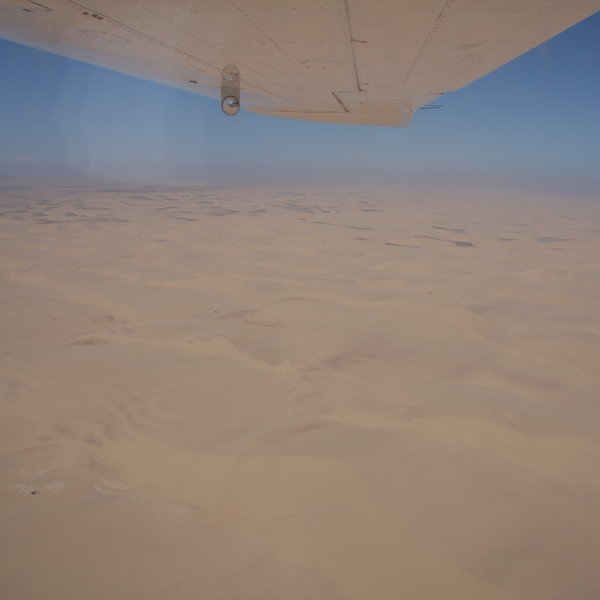
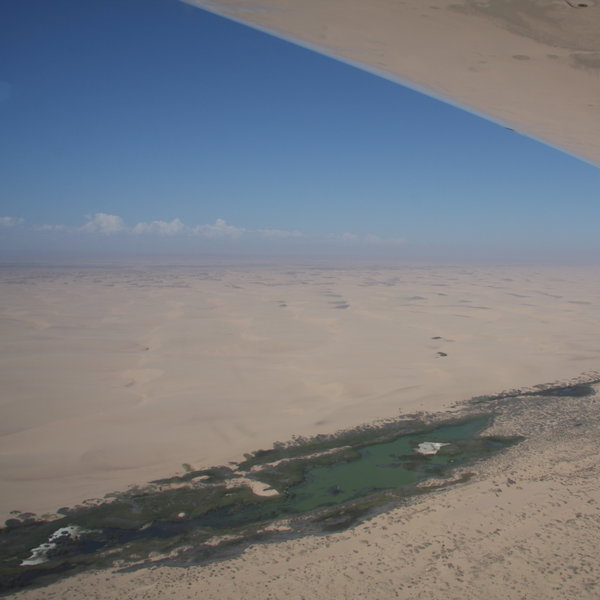
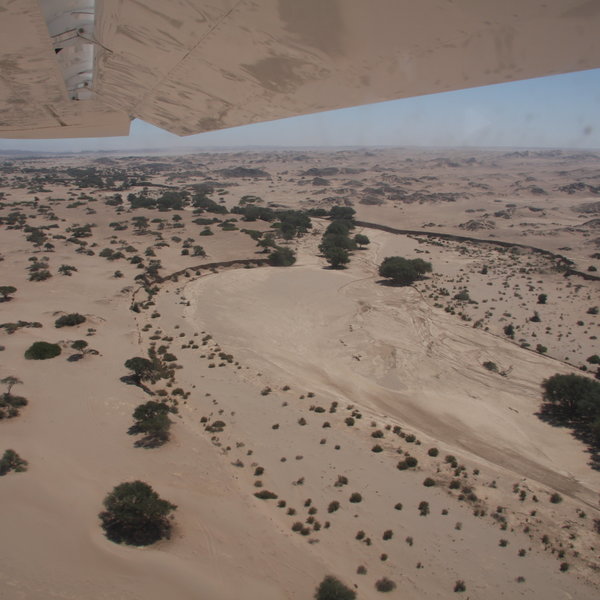
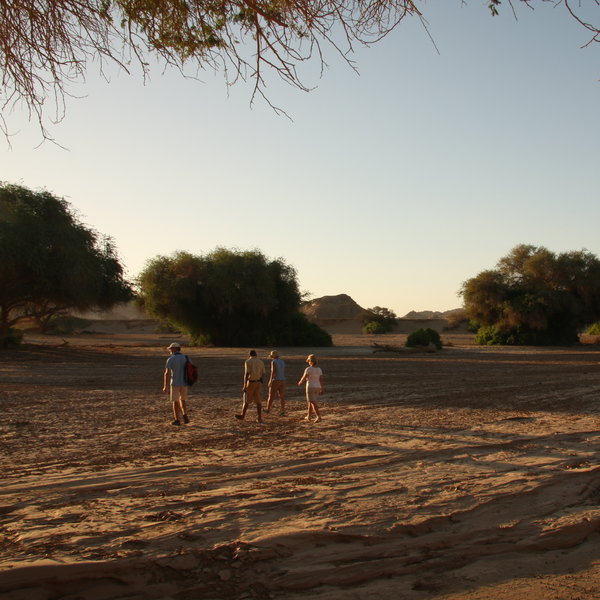
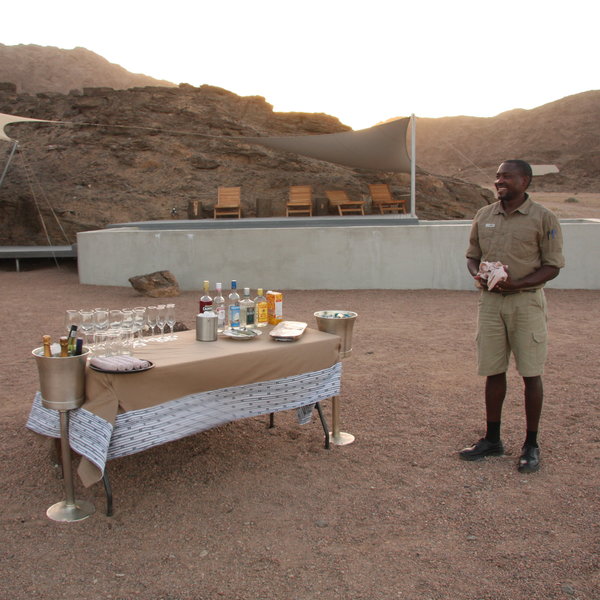
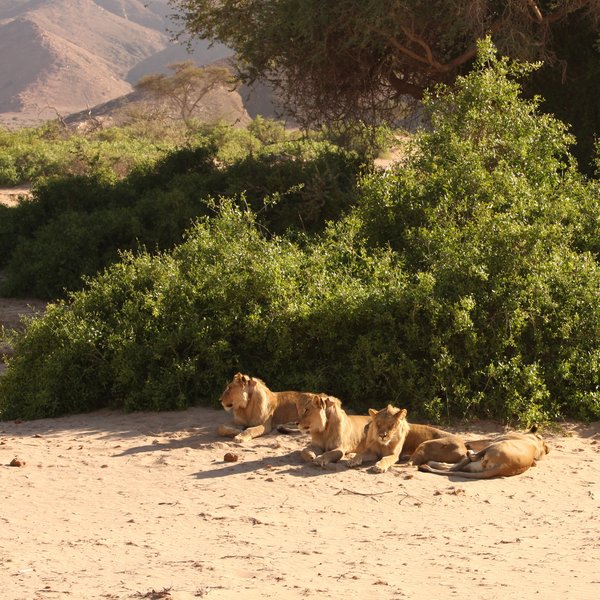
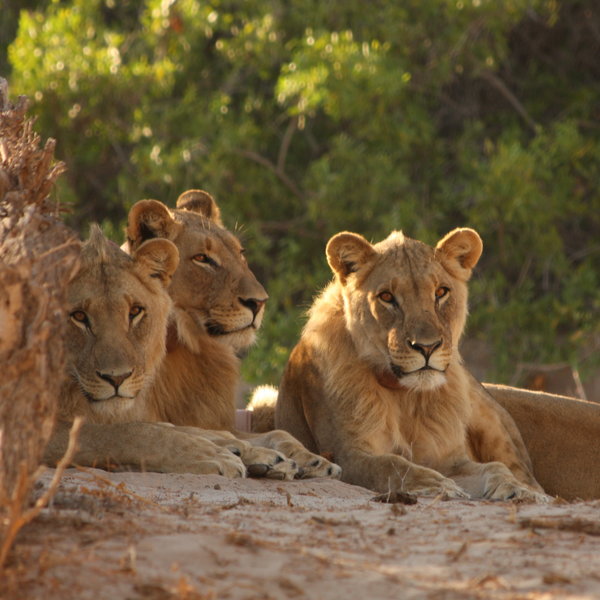
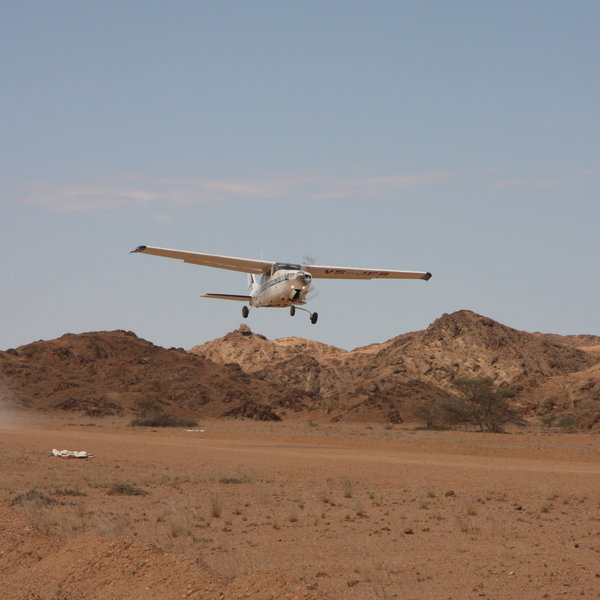
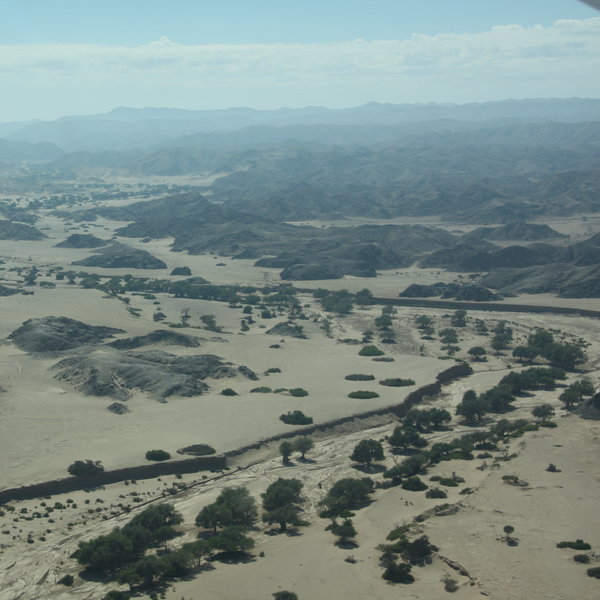
Expert Africa's gallery
When we travel we take lots of photos ourselves to give you a real and un-edited view of the safaris. See our 84 pictures of Hoanib Skeleton Camp to get the candid view.
View gallerySafaris visiting Hoanib Skeleton Camp
Just ideas, we'll always tailor-make a trip for you
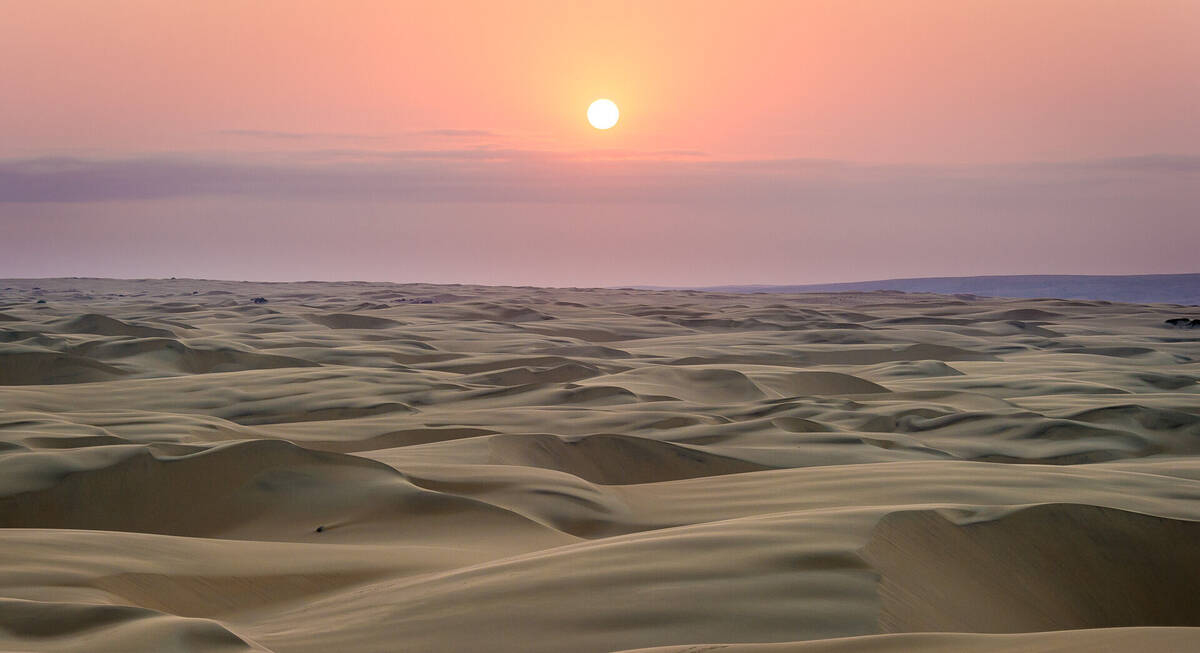
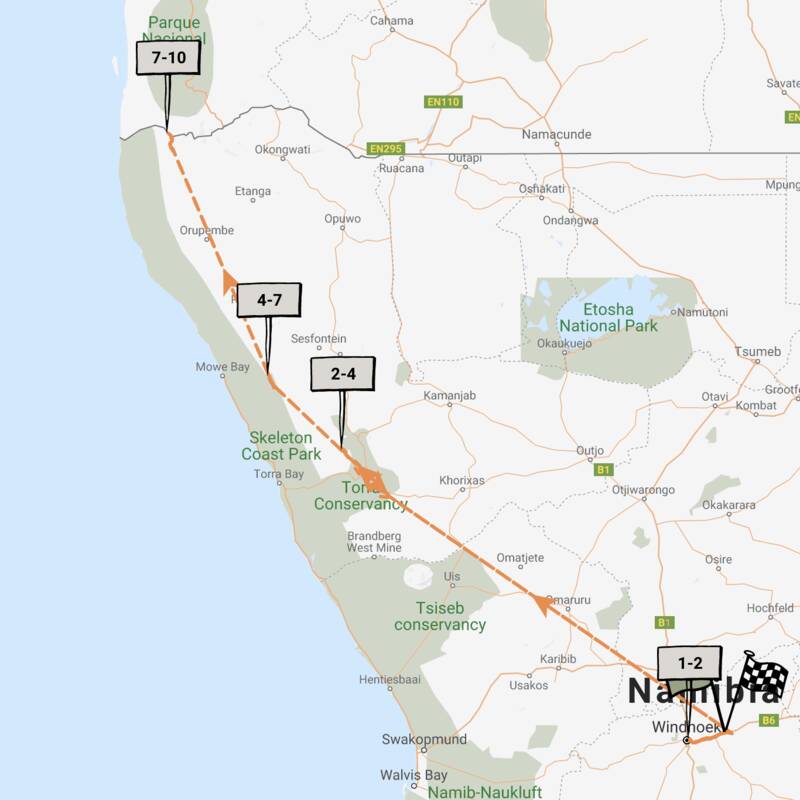
Ruppell's Korhaan Fly-in Safari
9 days • 4 locations • 1 country
WINDHOEK AIRPORT TO WINDHOEK AIRPORT
Explore Namibia’s remotest wildernesses while staying at some of the most exclusive luxury camps in the country. This epic fly-in safari will deliver otherworldly landscapes, fascinating wildlife and genuine cultural experiences.
Visiting Damaraland, Skeleton Coast and 1 other area
US$11,240 - US$16,720 per person
Hoanib Skeleton Coast Camp: Our full report
Opened in August 2014, Hoanib Skeleton Coast Camp is a beautiful camp in a very remote location of northern ...
... Damaraland, about 1km outside the boundary of the Skeleton Coast National Park. Built in a private concession, or reserve, close to the ephemeral Hoanib River, it is surrounded by gravel plains, mountains and large yellow sand dunes. It is viewed as a successor to the Skeleton Coast Camp, which closed a few years ago.
Hoanib (meaning ‘place of elephants’) is very different in design from any other camp in Namibia, with a chic feel that is quite removed from the traditional safari-style camp. That said, the main focus here is firmly on the experience and activities rather than on the camp itself.
There are eight modern, stylish suites at Hoanib Skeleton Coast Camp, seven of them standard twin or double rooms, and one a family unit. All the suites have a distinctive and innovative design that makes use of natural light through floor-to-ceiling glass windows in the main bedroom space. Airflow is maximised by panels both large and small within the canvas walls, which can be opened to allow a breeze to flow through the whole room. This really helps to cool things down and maintain a comfortable temperature when it is very hot outside. In addition, the suites are constructed from a double layer of canvas, which helps to keep the rooms cool in the summer heat and to provide insulation during the colder winter months.
The décor of the suites oozes style and has a very modern feel (as does the whole lodge). The bedroom and bathroom are decorated in muted desert tones and have a minimalist, contemporary design, with polished concrete floors that are covered in the bedroom by a large neutral-coloured sisal mat. Natural light wood features in everything from walls to the large writing desks, where you’ll find a tea/coffee station and a water flask on request.
Facing the full-length windows, with stunning views, the beds have white bedside tables and reading lamps integrated into the headboard, all surrounded by a mosquito net that makes it feel spacious and roomy. Two open-sided closet areas combine to give plenty of hanging space, and housing for a digital safe, insect repellent and bug sprays, small hanging canvas shelves, extra blankets etc. There are plenty of plug points around the room incorporating most pin styles.
Separating the bedroom from the bathroom is a massive floor-to-ceiling mirror. The bathroom itself has twin stone basins mounted on a large wooded unit beneath circular mirrors, and a large ‘rain shower’, both boasting a full complement of toiletries including shampoo, conditioner, shower gel and body lotion. There is a separate toilet off the bathroom.
Outside is a veranda with shaded lounge area incorporating comfortable seating, ‘tree stump’ coffee tables, plus a small table with chairs. There is also a fridge where you can help yourself to a cold drink while you take in the views.
The family unit is similar in construction and design, but has two bedrooms, separated by a shared lounge area, and can accommodate a maximum of four guests.
The main areas at Hoanib Camp includes a dining room, inside and outside lounge areas, a bar and a long, narrow plunge pool. With the same double canvas structure as the suites and comfortable yet stylish interior and furnishings, it exudes an air of luxury.
The lounge extends out into the open and has several areas with large sofas where you can relax and unwind. The dining area, with simple wooden tables and white ‘nest’ design chairs, could be viewed as minimalist, but others might find it rather clinical and lacking in warmth and atmosphere. Guests are normally seated individually, though staff are more than happy to provide group dining on request. There is also a bar area, decorated with wovens baskets and ornamental plates, where afternoon tea is laid out and refreshing cool drinks are served in the evening. Pre- and post-dinner drinks can also be enjoyed around the campfire, but do note that the fire is not lit in the mornings in order to preserve firewood in an area that lacks such resources.
To the side of camp is a small, narrow pool with a few sunloungers, which offers respite from the desert heat in the summer months.
Due to the remote nature of the camp we cannot visit as often as some of the more accessible camps, but on our last visit in March 2015 we found the guiding of a very high standard, the management very strong, and the staff friendly and helpful.
The scenery in this area of the Namib Desert is impressive – stark, rugged beauty traversed by a linear oasis that is the ephemeral Hoanib River. Early morning fog created by the cold Benguela Current originating in the Antarctic, meeting with the hot desert air as it drifts inland, provides much-needed water for the flora in this region, while subterranean water, plus some springs, ensure that vegetation grows along the river course. The river itself flows only when heavy rains hit its catchment area.
This water and food supply, in turn, attract the desert wildlife that lives in this region. This includes a relatively large number of desert-adapted elephant, plus lion, giraffe, and plains game such as Hartmann's mountain zebra, gemsbok and springbok. We even got to see an elusive brown hyena one morning at sunrise as it skulked away for its daytime sleep. There is also some good birding in the area – including eagles, buzzards and flamingoes. Hence Hoanib Camp offers a really special wildlife experience in this harsh environment.
Much has been written about a pride of desert lions from this area, affectionately known as the ‘musketeers’ from the film Vanishing Kings. We were incredibly lucky to see four of the five lions lazing around in the Hoanib River eyeing up passing prey. However, in June 2016 one of the lions was shot after coming into conflict with local pastoralists, and when the remaining four went on to kill more livestock over the next couple of months, the human–lion conflict became unmanageable. The Desert Lion Conservation Foundation, headed by Dr Flip Stander, decided to relocate the lions, but tragically three of the remaining four were poisoned just before they were due to be moved. The sole remaining male was darted and relocated to the Uniab River delta, south of the Hoanib area. Although other lions survive in the vast area east and south of the camp, sightings may now be far less frequent than before.
Activities from Hoanib Skeleton Coast Camp include morning and afternoon 4WD drives – either scenic or for wildlife viewing; nature walks where you can learn close up about the smaller animals and insects as plants, and full-day trips to Klein Oase, and Auses and Mudorib springs (which attract desert-adapted elephant and plenty of birds). Because it can get pretty cold in this area, all drives are taken in closed eight-seater 4WDs with a pop-top roof.
The camp’s proximity to the Skeleton Coast National Park affords guests great access to this remote and inhospitable part of Namibia. Very few people get to visit this unique park, an area of vast dunes fields, gravel plains with delicate lichen fields, windswept beaches, Cape fur seals and remnants of shipwrecks, and Hoanib Skeleton Coast Camp is the very best base from which to explore.
Included in a stay of three nights or more is an excursion to the coast, which is a real highlight. Typically you’ll travel by 4WD down the Hoanib River and on into a previously restricted area of the Hoanib floodplains, within the Skeleton Coast National Park. We had two separate encounters with elephant during this part of the journey and had a super time watching them go about their life in this extremely tough environment. You then continue over the vast dune fields (and perhaps get to play around on the roaring dunes as we did) and past Klein Oasis, before reaching the Skeleton Coast itself at Möwe Bay, with its rocky coastline and resident Cape fur seal colony. There is also the opportunity to visit the very small but interesting ‘museum’, which houses bones and skulls of many marine animals, and to investigate remnants of a shipwreck or two down by the sea. We finished with a rather windswept but tasty lunch on the stony beach before taking a short (about 15 minutes) but spectacular scenic flight back to camp at around 2.00pm.
Given the harsh conditions that prevail in this area, from heat and high winds to fog rolling in from the sea and flooding rivers, the format of these excursions is finalised in camp by the manager and pilot, safety and overall comfort being the major criteria. On occasion, guests may be driven both ways or – when it rains and the floodplains fill with water – flown both ways. In this latter case, departure from camp will be at 10.00am (against 6.00am when driving) to allow time for the fog to clear; you still get the same amount of time at the coast. The return to camp from Möwe Bay remains the same.
On a practical note, do be aware that the drive to the coast can take around 4–6 hours, depending on what you see and do along the way. Although you are usually are back in camp by mid afternoon, it is still quite a long day, and even longer if you have to drive back.
Geographics
- Location
- Skeleton Coast & Kaokoland, Namibia
- Ideal length of stay
- Three nights
- Directions
- Hoanib Camp is accessible only by light aircraft transfer from Doro Nawas. Travellers on a self-drive trip through Namibia will need to park their vehicle at Doro Nawas and then fly in to Hoanib.
- Accessible by
- Fly-and-Transfer
Food & drink
- Usual board basis
- Full Board & Activities
- Food quality
- When we last visited in March 2015, the food at Hoanib Camp was delicious. By safari standards some commented that the portion sizes for lunch and dinner were somewhat small, but we found them to be absolutely fine. We understand that the team here are trying to move away from the rather over-indulgent excesses that can be found in many safari camps across Africa.
For breakfast, guests can choose from a buffet that includes a selection of cereals, yoghurt, fresh fruits, cold meats, cheese, freshly baked warm muffins and bread, with juice, tea and coffee to drink. A hot breakfast of eggs, bacon, fried tomatoes, mushrooms and toast can also be served, cooked to order.
A light lunch is served when in camp, which on our last visit was vegetarian mini pizza served with sweet potato chips and a green salad. If this didn’t appeal there was an alternative option of ham or cheese sandwiches.
On the day excursion to the coast, a picnic lunch is provided which on our trip included chicken drumsticks cooked in a tasty marinade, pasta salad, mixed salad with feta and a selection of other cold dishes.
For afternoon tea we had a delicious apple strudel and mini quiches.
Dinner includes three courses; we were served butternut soup, followed by a choice between a wonderfully tender oryx steak and pork loin wrapped in bacon, both accompanied by couscous with red cabbage and broccoli, and for pudding we had cheesecake with fruit compote. - Dining style
- Mixture of group dining and individual tables
- Dining locations
- Indoor and Outdoor Dining
- Further dining info, including room service
- Room service is available on request.
- Drinks included
- Beers, house wine, local spirits and soft drinks are included. Please note that champagne, imported wines or premium brands spirits are offered at an additional cost.
Special interests
- Photography holidays
- With scenery ranging from rugged mountains to rolling sand dunes and the Skeleton Coast, Hoanib Camp offers a spectacular opportunity for landscape photographers in Namibia.
- See ideas for Photography holidays in Namibia
- Wildlife safaris
- Guided drives along the Hoanib riverbed and the floodplains beyond offer an intriguing prospect for a wildlife safari in Namibia. Visitors to Hoanib Camp have a pretty decent chance of spotting the area’s desert-adapted elephants, as well as Cape fur seals by the coast.
- See ideas for Wildlife safaris in Namibia
- Luxury
- Whilst Hoanib Camp was designed around its ‘guest experience’, significant luxury was included as well. Consider the ‘quilted’ canvas which insulates the rooms from the desert’s extremes; a cooling pool for the hotter months; and vast windows through which to view the desert.
- See ideas for Luxury in Namibia
Children
- Attitude towards children
- Families with children aged 6+ are welcome.
- Property’s age restrictions
- Families with children under 12 will be required to book and pay for private activities unless the camp is booked for sole use or they fill a vehicle (6 guests).
Children between 6 and 16 years must share a room with an adult. - Special activities & services
- None
- Equipment
- None
- Generally recommended for children
- Expert Africa does not recommend Hoanib Skeleton Coast Camp for younger children – it has a fairly adult atmosphere, with little to keep youngsters entertained.
- Notes
- The remote location and presence of big game mean that children must be under parental supervision at all times.
Our travellers’ wildlife sightings from Hoanib Skeleton Camp
Since mid-2018, many of our travellers who stayed at Hoanib Skeleton Coast Camp have kindly recorded their wildlife sightings and shared them with us. The results are below. Click an animal to see more, and here to see more on our methodology.

100% success

100% success

90% success

87% success

36% success

27% success

17% success

10% success

9% success

0% success

0% success

0% success
Communications
- Power supply notes
- Each suite has a solar geyser for heating water, and Hoanib Camp has a back-up generator for emergency use.
There are plenty of multi-adaptor sockets in each suite. The plug points in the room are 220v and should be used for battery charging only. - Communications
- There is no cellphone connection in camp.
There is a computer station in the main area including complimentary internet access. - TV & radio
- None
- Water supply
- Borehole
- Water supply notes
- Hoanib has a septic tank system
Sustainability
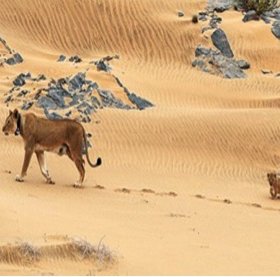
Documenting the journey of Namibian lions
5 musketeers and a brave lioness, 2 dedicated researchers and 2 years in-the-making are the key ingredients of a documentary worthy of a first prize in the Science and Behaviour Category at the International Big Cats Film Festival. The 50-minutes documentary featured on National Geographic captures the epic journey of hardship and triumph of 5 young desert-adapted lions in the remote areas of Namib.
The Hoanib Skeleton Coast Camp invested in the project and is now offering guests the opportunity to interact with researchers and enquire not only on about the desert-adapted lions, but also about the area’s brown hyena population and a number of other arid-adapted species found in the region. These researchers also assist Wilderness Safaris in the creation of lion sighting protocols to ensure minimal disturbance to these animals.
The documentary aimed at raising awareness about a bigger problem in Namibia – the human-wildlife conflict between local communities and the last remaining desert-adapted lions. Part of long-term study- Namibia Desert Lion Conservation, monitors the desert-adapted lion using several population parameters, such as birth rates, mortality, fecundity, exponential rate of increase, and age-specific survivorship.
The project is led by Researcher Dr Flip Stander (Desert Lion Conservation) and coordinated by Felix Vallat (TOSCO). Since 1999, the population dynamics of lions have been evaluated by monitoring a core group of 13 radio-collared lions.
See more great sustainability projects in Namibia
Health & safety
- Malarial protection recommended
- Yes
- Medical care
- There is an on-line doctor in Otjiwarongo who the staff can speak to if necessary, and the camp has emergency evacuation plans in place.
- Dangerous animals
- High Risk
- Security measures
- None – miles from anywhere!
- Fire safety
- There are fire extinguishers in each room and the main area.
Activities
4WD Safari
Guided walking safari
Night drive
Private activities
Extras
- Disabled access
- Not Possible
- Laundry facilities
- Laundry is included when you stay at Hoanib Camp. Weather permitting items left in the morning will be returned to you the same day. A mesh laundry bag is supplied for ‘smalls’, which will be machine washed and returned in the mesh bag.
- Money
- There is a digital safe in each suite
- Accepted payment on location
- Visa and MasterCard are accepted. Cash payments may be made in Namibian dollars, South African rand, US dollars, GB pounds and Euros but change will generally be given in Namibian dollars.
Plan and book your trip with Expert Africa
All of our trips are tailor-made, so we'll always adapt them to suit you. Talk to an Expert and let us plan and arrange your perfect trip.

Talk to an Expert
Call or email us now! We’ll match you with the Specialist in our team who is best suited to help you. Then together we can start planning your trip.

Set up your itinerary
Based on our experience and your ideas, your specialist will create a detailed, costed itinerary. We’ll refine it together, until we have a trip that you’re perfectly happy with.

Prepare for your trip
The same Specialist will make the seamless arrangements for your trip, send you detailed travel documents, and be available to answer any questions before you depart.

Travel with peace of mind
After you set off, you’ll be cared for by our partners in Africa, most of whom have worked with Expert Africa for decades. And if you ever need us urgently, we’re available 24/7.

When you return
We love to learn about your trip, and so will always be grateful if you’ve the time to give feedback to your Specialist when you return.
Hoanib Skeleton Coast Camp's location
Look closer at the environment and surroundings of Hoanib Skeleton Camp.
Other lodges in Skeleton Coast & Kaokoland
Alternative places to stay in this same area.
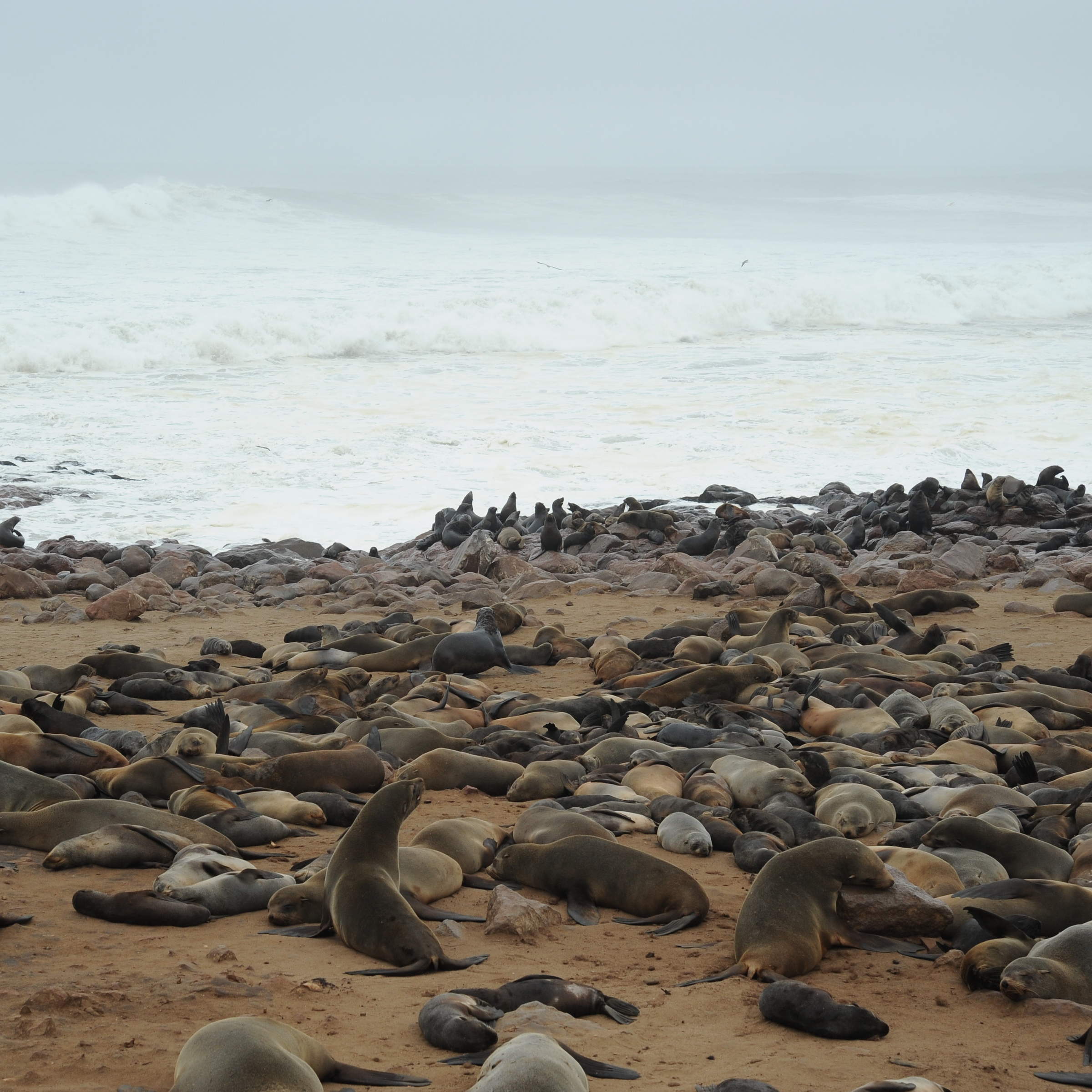
Cape Cross Lodge
Right on the Skeleton Coast, between Swakopmund and Damaraland, Cape Cross Lodge has easy access to Cape Cross Seal Reserve.
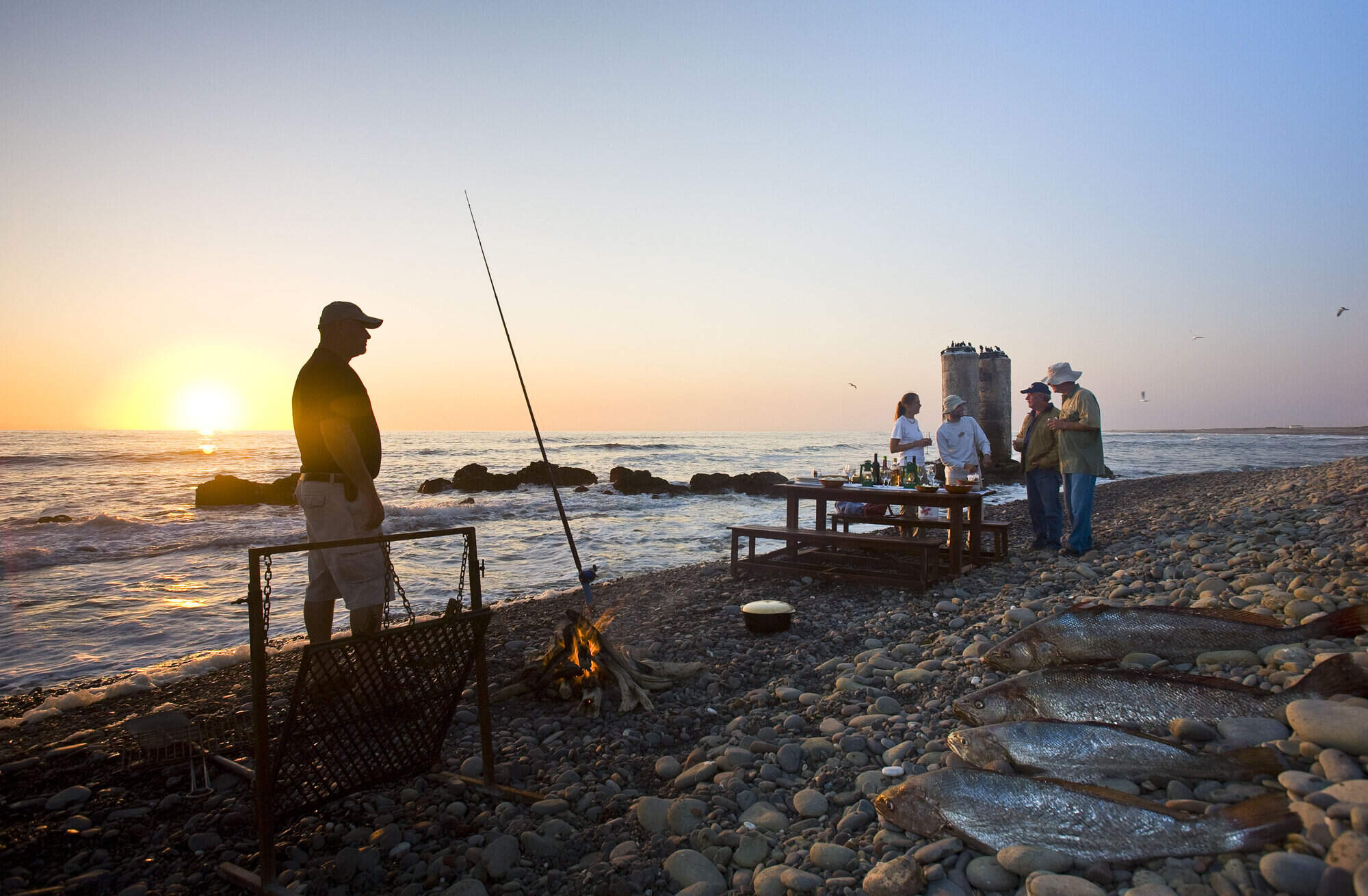
Terrace Bay
Terrace Bay is bleak. However, those that stay here come to experience the remote and inhospitable nature of the Skeleton Coast.
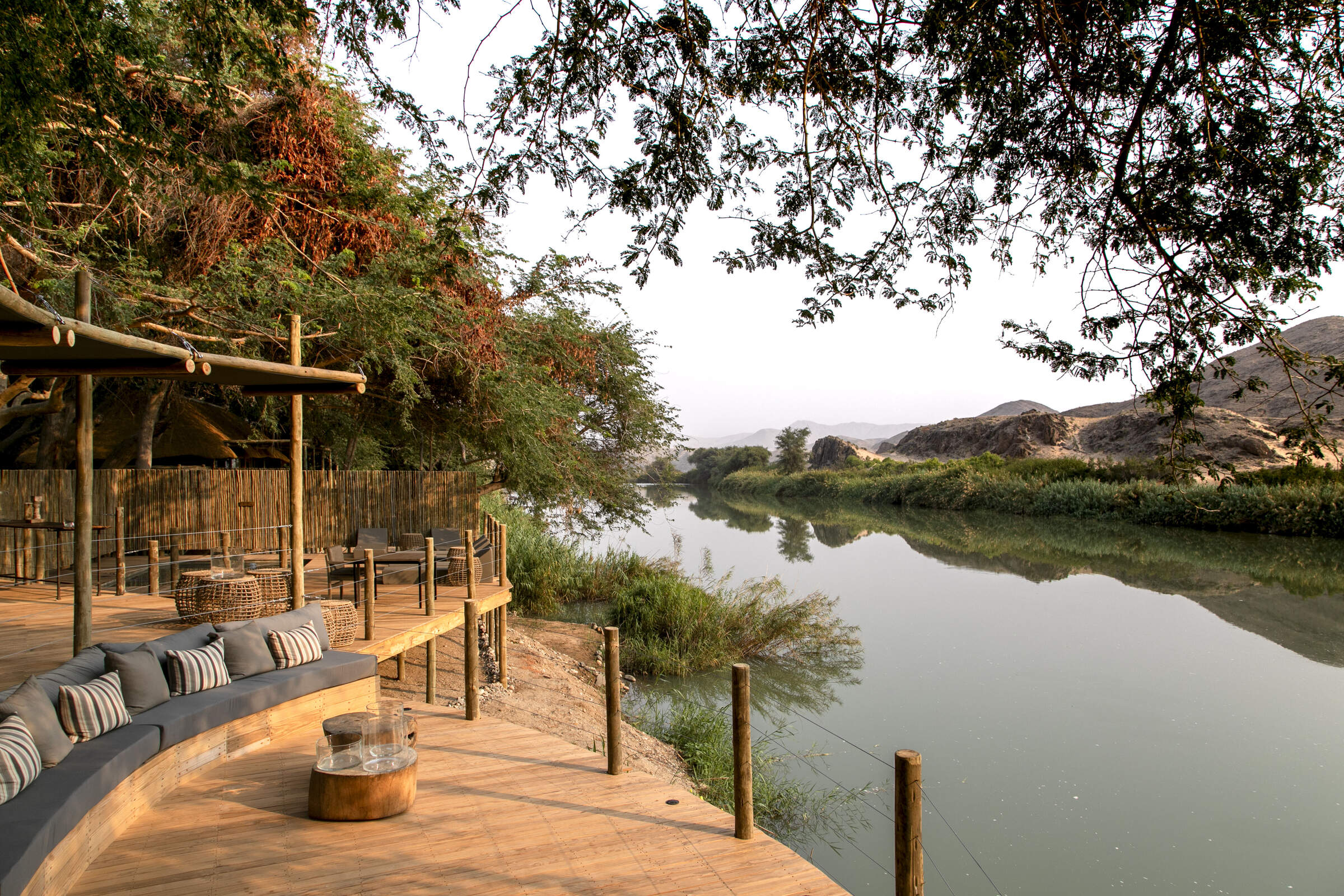
Serra Cafema
The luxurious Serra Cafema is in the most remote corner of Namibia - at the north end of Hartmann's Valley, across the Kunene River from Angola.
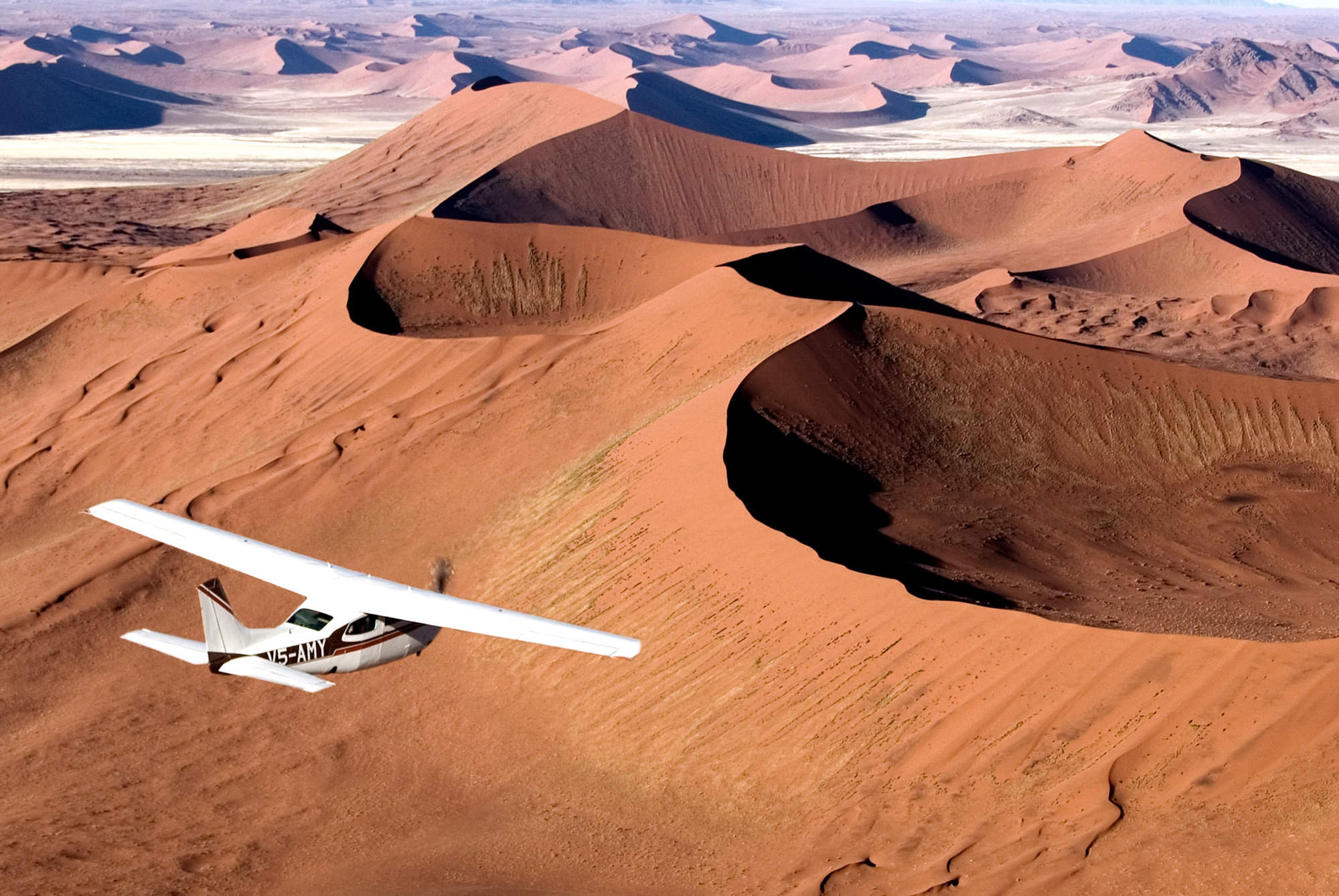
Skeleton Coast Safaris
Skeleton Coast Safaris is a small, family-run operation that has organised inspirational trips to this remote area of Namibia for nearly 50 years.
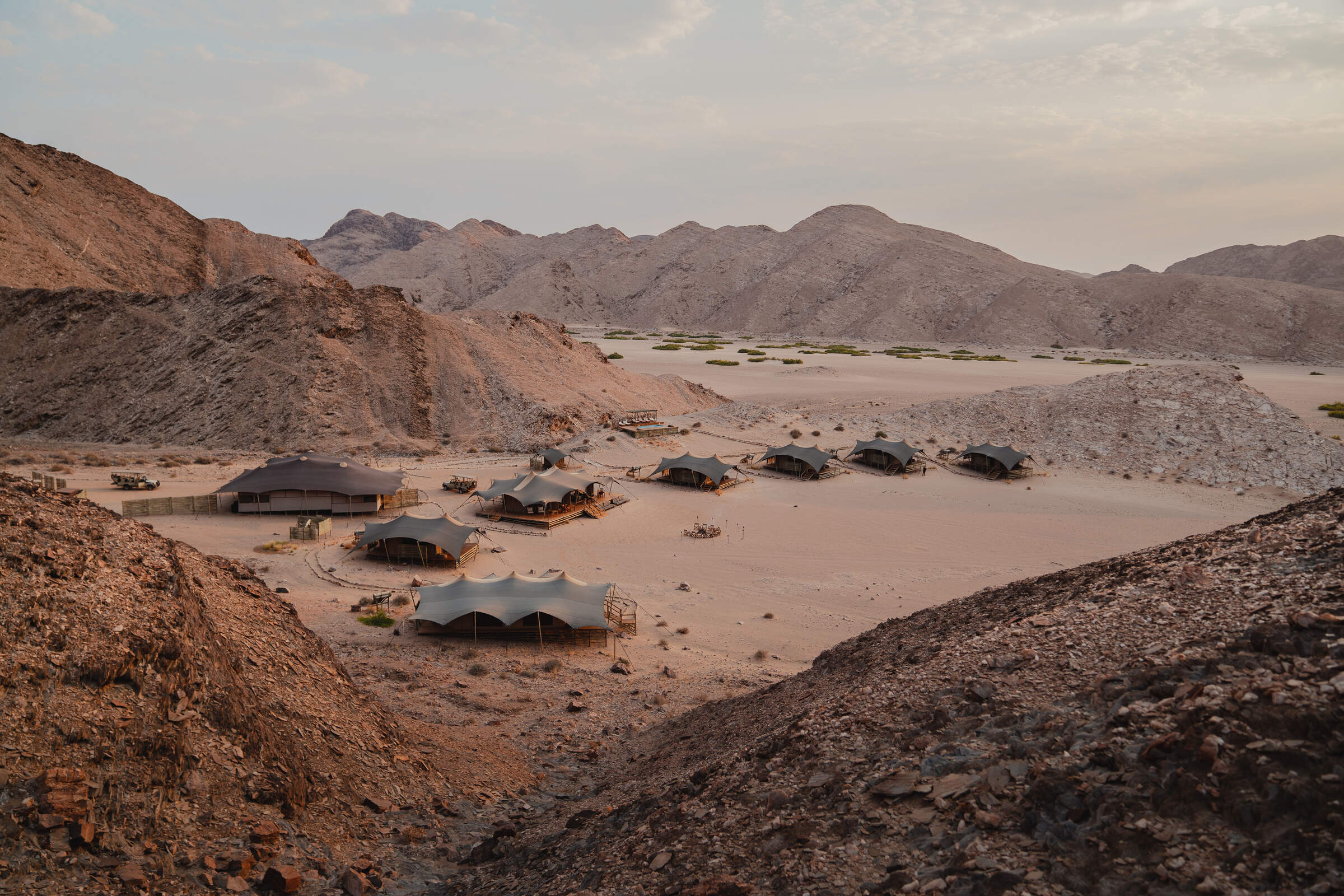
Hoanib Valley Camp
The intimate and remote Hoanib Valley Camp offers a rare chance to explore this dramatic corner of Namibia and to search for its sparse desert-adapted wildlife.
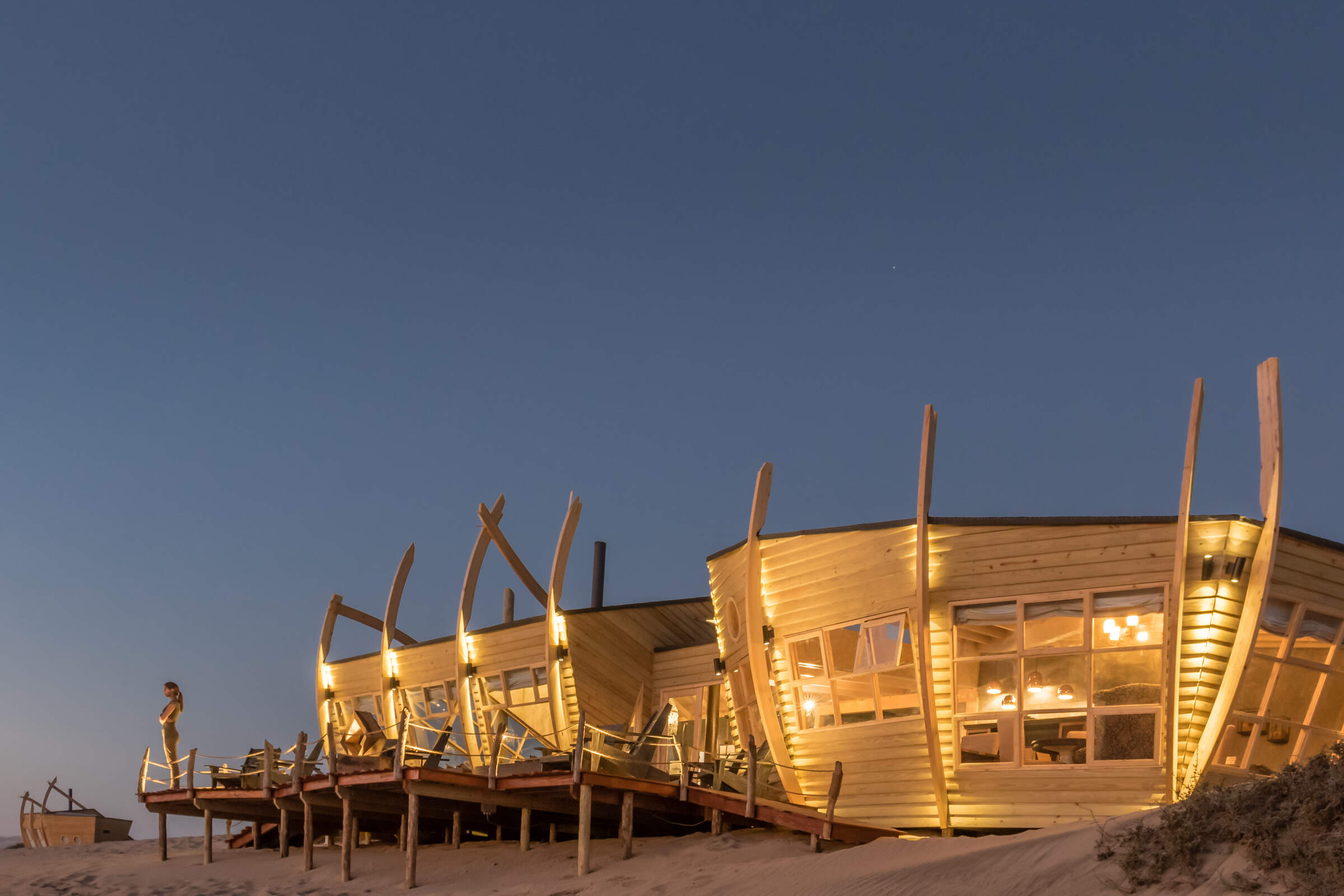
Shipwreck Lodge
The only property on this desolate stretch of coastline, the extraordinary Shipwreck Lodge opens up a new section of the Skeleton Coast National Park
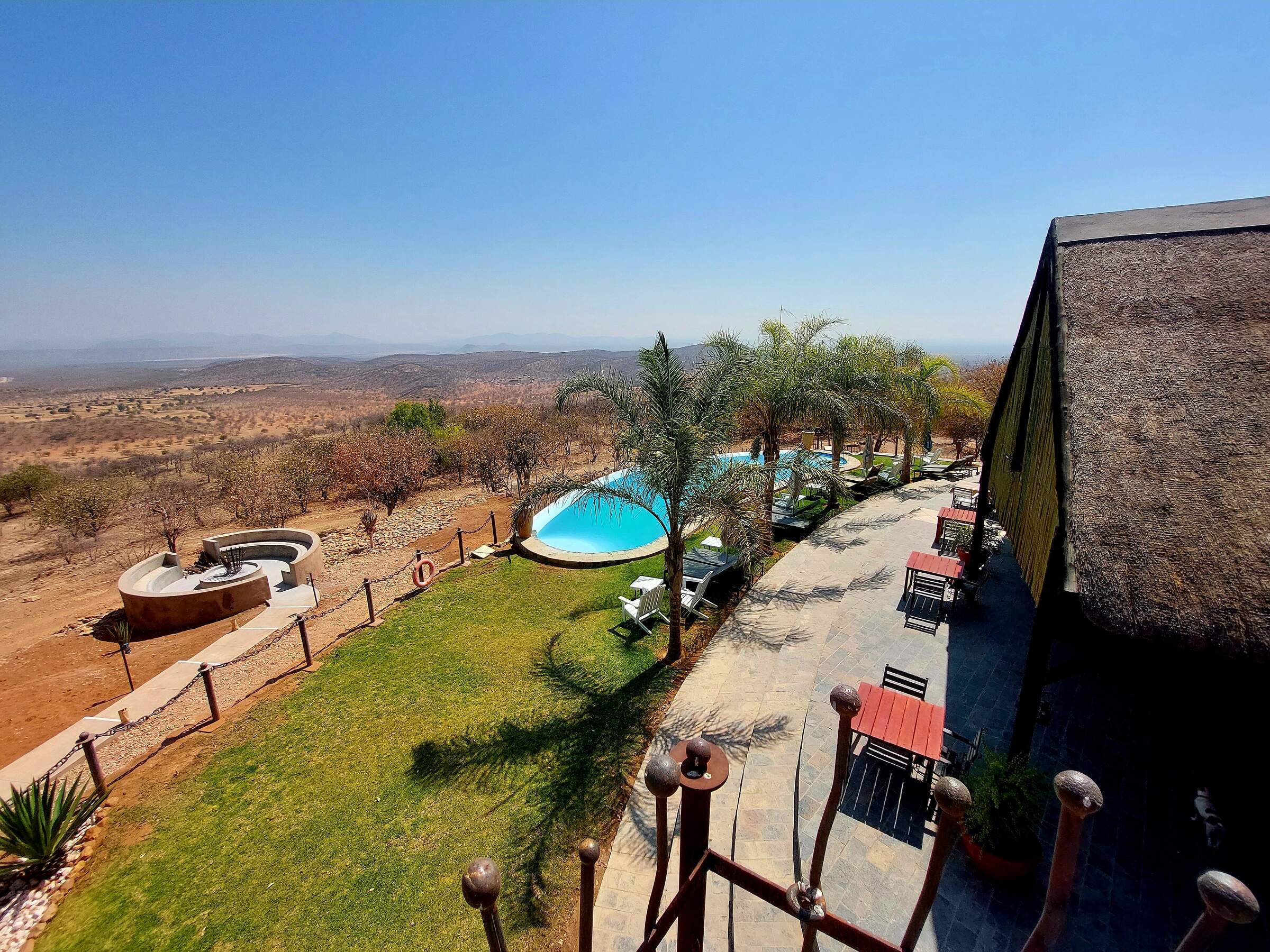
Opuwo Country Lodge
Opuwo Country Hotel provides comfortable accommodation is well situated for a night's stop before travelling into remote parts of Kaokoland.
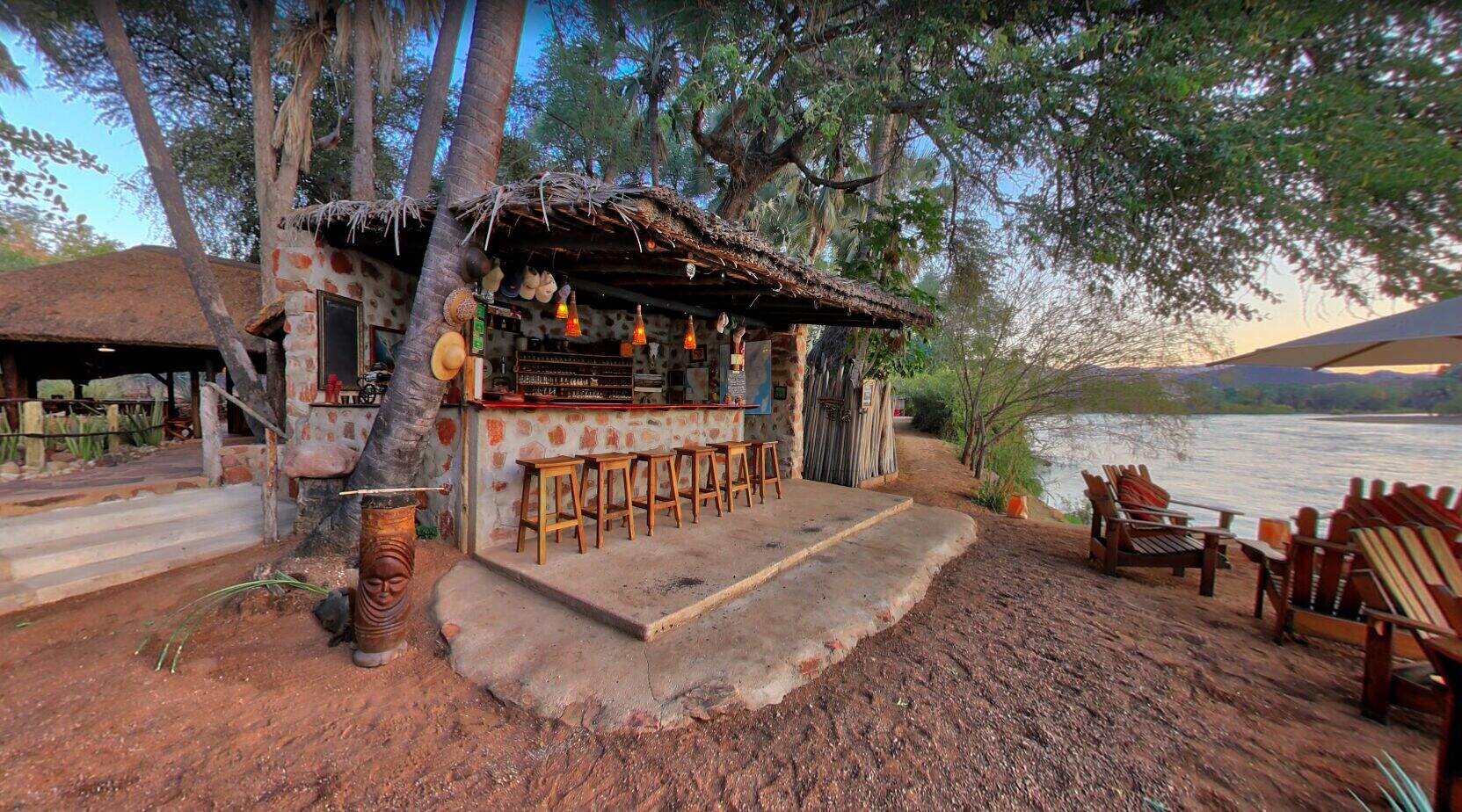
Epupa Camp
Epupa Camp is a welcoming oasis set on the palm-fringed banks of the Kunene River in north-west Namibia and close to Epupa Falls.
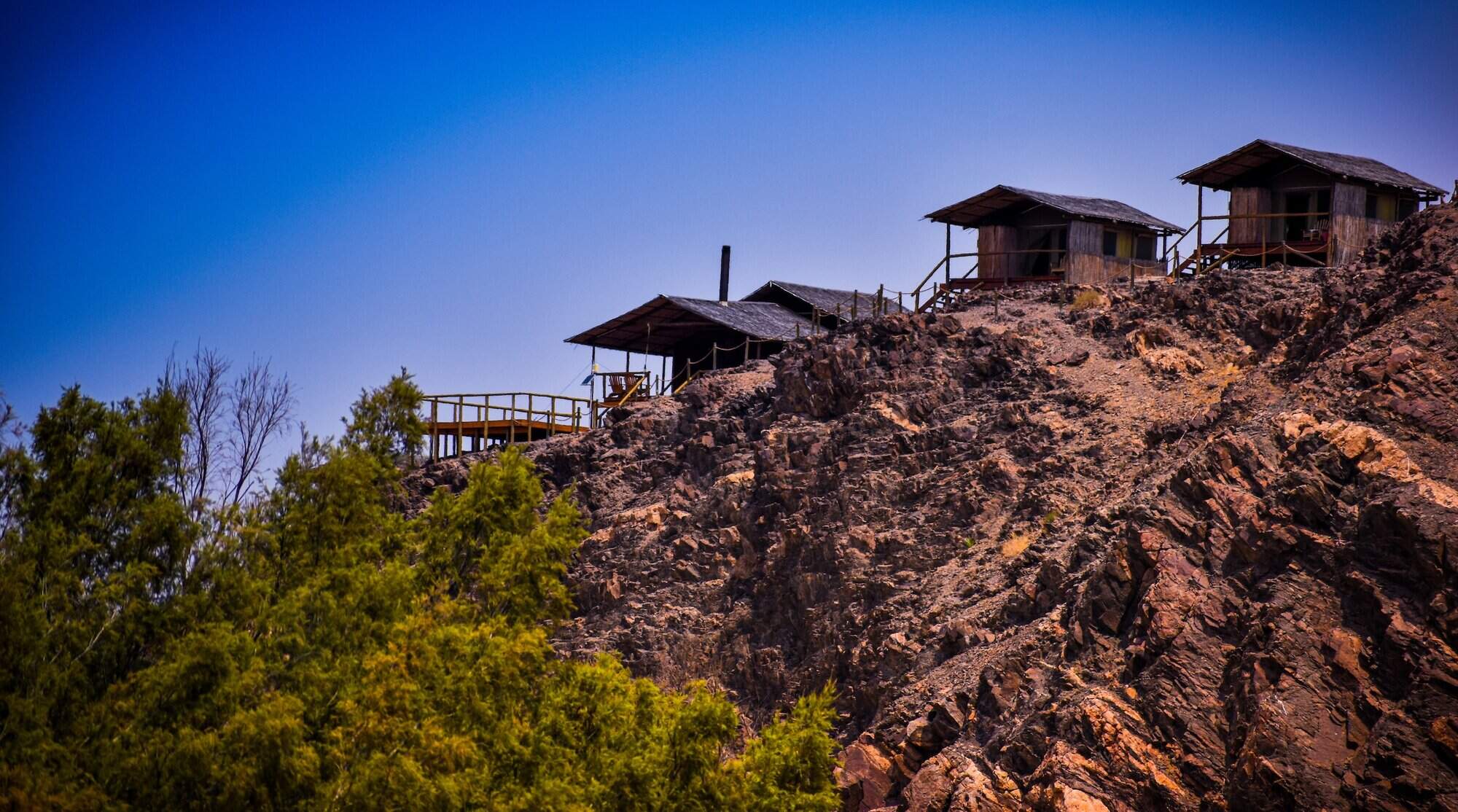
Leylandsdrift Camp
Used exclusively on the second night of a Skeleton Coast Safari, Leylandsdrift is in a beautiful location and is a good place to track desert-adapted elephants.
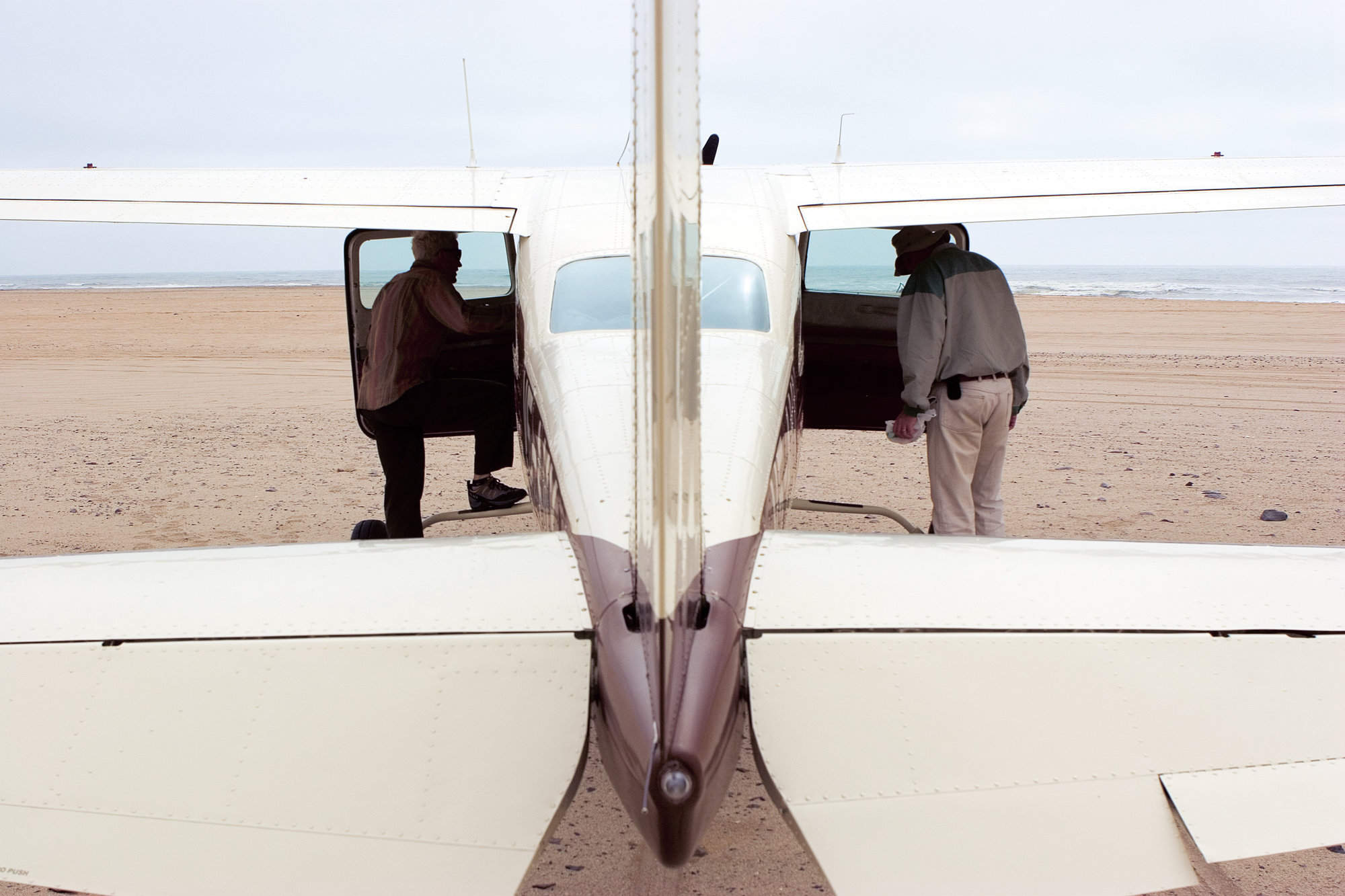
Kunene River Camp
Used exclusively on the final night of a Skeleton Coast Safari, the simple Kunene River Camp occupies a dramatic riverside location with some excellent birding.
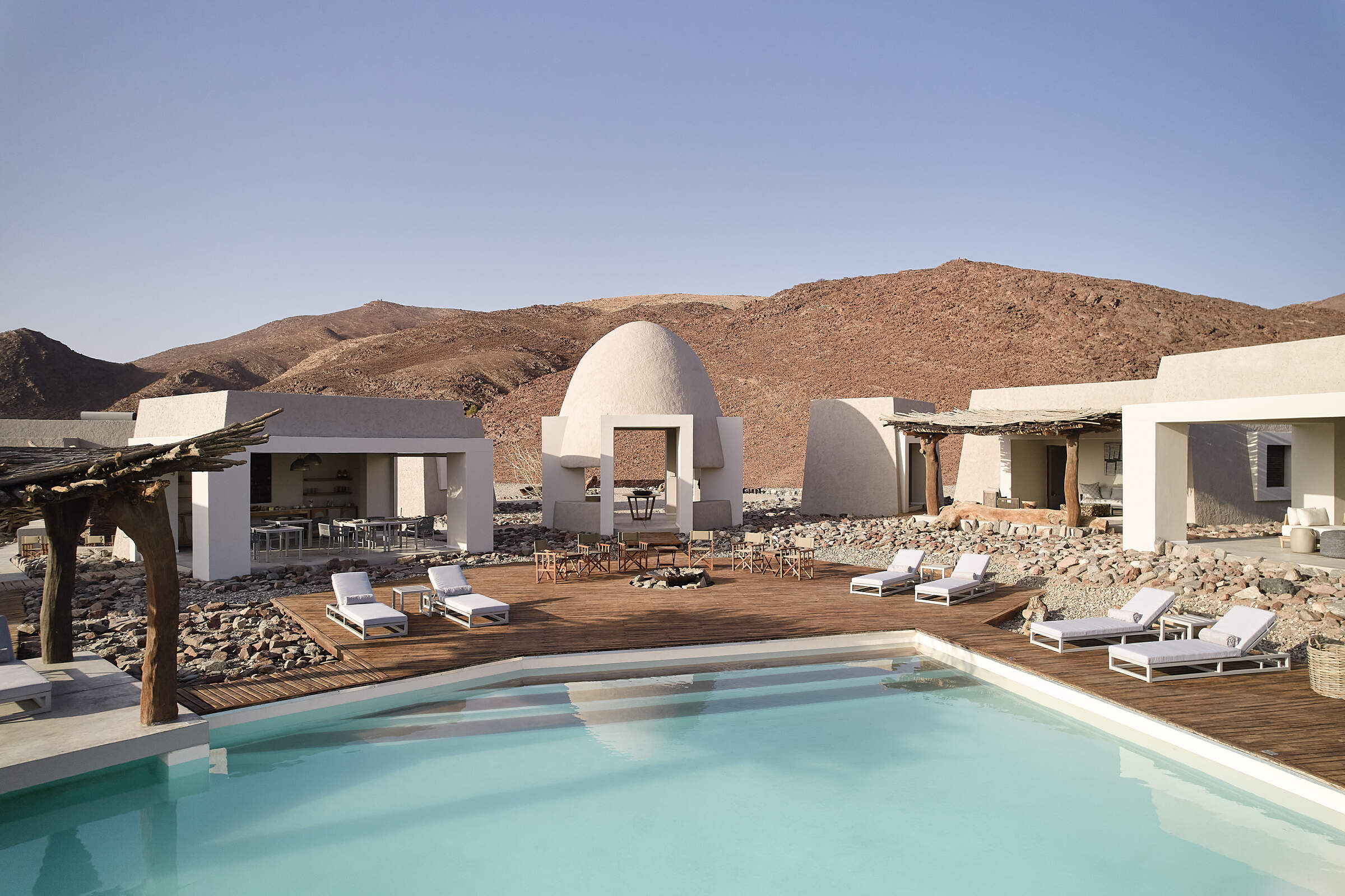
Okahirongo Ele. Lodge
Tucked away in Namibia's far northwest Okahirongo Elephant Lodge offers luxurious chalets, with stunning views and plenty of activities.
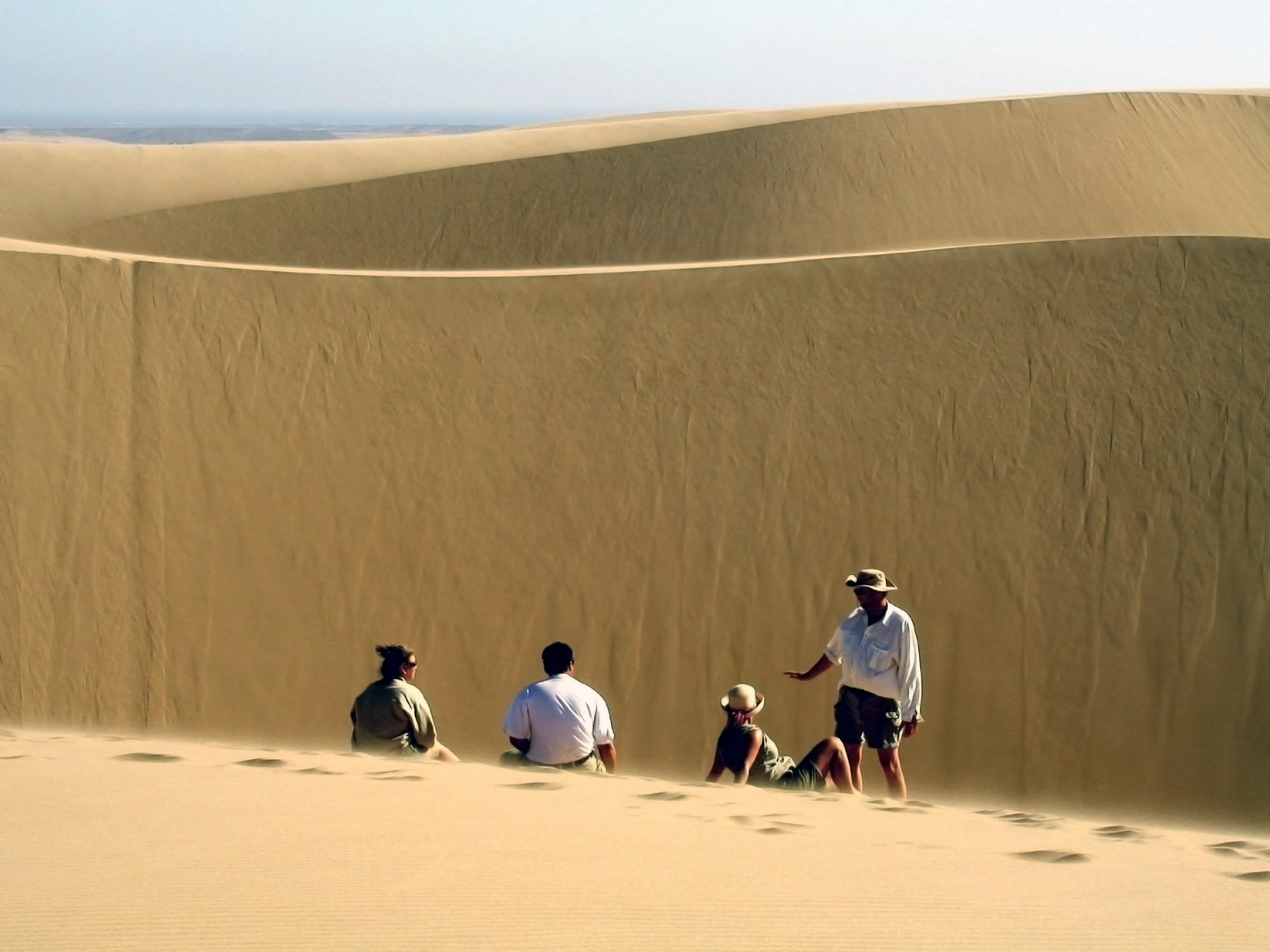
Kuidas Camp
Usually the first-night stop on a Schoeman Skeleton Coast safari, Kuidas is a very simple camp with stunning views of the Huab River valley.
When to go to Skeleton Coast & Kaokoland
Our month by month guide: What it's like to visit Hoanib Skeleton Camp in Skeleton Coast & Kaokoland
Jan
Feb
Mar
Apr
May
Jun
Jul
Aug
Sep
Oct
Nov
Dec
Skeleton Coast & Kaokoland in January
The Skeleton Coast experiences its rainy season in January, though precipitation remains sparse in this desert environment. The Ugab River and other ephemeral rivers may briefly come to life, creating a spectacle in the usually arid landscape. Despite the rain, temperatures can still reach around 30°C/86°F.
The greening landscape makes a refreshing change, especially in desert dune seas. Migrant species arrive in force, making it an excellent time for birdwatching along the coast and in areas like the Swakop River. In the northern part of the Skeleton Coast National Park, where rains are more reliable, desert animals look healthy, with shiny coats, due to the abundance of food.
- Variable weather with fog common along coast
- Cape fur seal pups growing rapidly at colonies
- Wildlife looking well fed, with shiny coats
- Few tourists, low rates at lodges and camps
- Occasional thunderstorms inland from the coast
Our view
This is not a great time to visit
Weather in January
Skeleton Coast & Kaokoland in February
February is typically the wettest month on the Skeleton Coast, though rainfall remains patchy. The central highlands near the park's eastern border and the Kunene River region can see heavier rain. Some February days are clear and hot, while others are cooler with building clouds, sometimes culminating in short, spectacular thunderstorms. These storms can generate flash floods in the park's ephemeral rivers, bringing them dramatically to life.
The landscape feels green and alive, with insects and smaller animals more easily seen. Many birds and animals in the Skeleton Coast National Park are raising their young during this time. However, the formation of small pools in the bush and thicker vegetation can make it challenging to spot larger wildlife as they disperse with easy to access water, especially in the northern sections of the park.
- Coastal fog persists, creating eerie atmosphere
- Seal colonies bustling with activity
- Desert-adapted wildlife more dispersed
- Low tourist numbers, great deals available
- Possible inland thunderstorms, coast stays dry
Our view
This is not a great time to visit
Weather in February
Skeleton Coast & Kaokoland in March
March usually sees the Skeleton Coast's main rains tailing off, though precipitation varies across the park. Many days are clear with strong sun, while others may end with short, spectacular thunderstorms, particularly in the inland areas. These storms reduce in frequency as the month progresses.
The landscape often appears vivid and green, especially around the Ugab and Hoanib rivers. Many birds and animals are finishing raising their young, so smaller animals and insects are in evidence. In the northern part of the Skeleton Coast National Park, where rains are generally heavier, pools in the bush and thicker vegetation can make it difficult to spot larger animals. However, this is an excellent time to observe desert-adapted wildlife thriving in the temporarily lush environment.
- Weather becoming more stable along coast
- Seal pups learning to swim at Cape Cross
- Animals well-fed after inland rainy season
- Wildlife harder to spot in expansive desert
- Few tourists, ideal for solitude seekers
Our view
A good time to visit, with pros & cons
Weather in March
Skeleton Coast & Kaokoland in April
April typically brings dry weather to the Skeleton Coast, with an ever-decreasing chance of rain. Temperatures fall below their summer peak but remain pleasant and warm during the day. Nights might have a slight chill, especially in desert areas. The rains usually leave many parts of the park verdant and green, so animals are in fantastic condition, often with fast-growing young in attendance.
With less dust in the atmosphere, photographers can capture clear shots of spectacular landscapes and healthy animals. Stargazing becomes increasingly rewarding as the month progresses. In the northern sections of the Skeleton Coast National Park, water and food remain in plentiful supply, so finding big game can be trickier than later in the year. However, this is an excellent time for observing a wide variety of wildlife.
- Cooler nights, pleasant daytime temperatures
- Migrant birds begin departing the coast
- Desert flora starting to dry out inland
- Easter brings slight increase in visitors
- Clear conditions for sharp photographs
Our view
A good time to visit, with pros & cons
Weather in April
Skeleton Coast & Kaokoland in May
By May, the Skeleton Coast is usually drying out fast. If the rains have been good, the land remains green, but wildlife starts to congregate at more permanent water sources like the Hoanib and Uniab rivers. Typical days are warm with crisp, clear mornings and blue skies. Evenings are usually cool, with temperatures potentially dipping below 10°C/50°F overnight, especially in desert areas.
The air quality and clarity can be amazing, making this an ideal month for photography of the park's dramatic landscapes. Many lodges still charge low season prices, although some have started to introduce higher shoulder season rates. May's good-value rates, increasingly good wildlife sightings, beautiful landscapes, and crystal-clear air combine to make this one of the best months to visit the Skeleton Coast.
- Mild days, cool nights ideal for exploration
- Excellent clarity for coastal photography
- Wildlife starting to congregate near water
- Lodges still offer good rates
- Great sea kayaking as seal pups take to water
Our view
A very good time to visit
Weather in May
Skeleton Coast & Kaokoland in June
June brings dry conditions to the Skeleton Coast. Skies are blue and usually largely cloudless. Days are lovely, warm, and dry; nights are cold, sometimes below freezing in desert areas. Most swimming pools at lodges are outdoors and too cold for all except the very dedicated. Warm clothing is essential for early morning and late evening nature drives.
In the northern part of the Skeleton Coast National Park, wildlife viewing enters its dry-season pattern, focusing around water sources. Photographers come to the area for the superb air clarity, with minimal dust or smoke. The Cape Cross Seal Colony becomes increasingly active as the young seals join parents on fishing trips. Historically, June rates have been low, but with increasing popularity, many lodges now count it amongst their high-season months.
- Clear, bright days with cold nights
- Prime time for scenic flights over coastline
- Wildlife gravitating to scarce water sources
- Most lodges move to high season rates
- Fishing season kicks off with great catch opportunities
Our view
A very good time to visit
Weather in June
Skeleton Coast & Kaokoland in July
July brings usually warm daytime temperatures upwards of 20°C/68°F to the Skeleton Coast, along with good sightings of desert-adapted wildlife such as elephants, giraffe, oryx, jackals and perhaps even lion. Watching elephants climb hillside dunes is often a highlight! Rain is very unusual, and clear skies make for great photographs of the stark desert landscapes.
Once the sun sets, temperatures cool rapidly, bringing cold nights that may dip below freezing in desert areas. Visitors should dress in layers and be prepared for cold early-morning and late-afternoon drives. Across the park, lodges charge high season rates; many are fully booked a year or more in advance, especially during European school holidays from the latter half of July to late August.
- Dry days, cold nights perfect for stargazing
- Whale watching season begins off the coast
- Excellent time to view desert wildlife
- Peak season rates at coastal accommodation options
- Cool temperatures for nature walks
Our view
A very good time to visit
Weather in July
Skeleton Coast & Kaokoland in August
August marks the height of winter on the Skeleton Coast. Expect cloudless skies and plenty of warm sun during the day, but nights can drop to freezing in desert areas. Visitors should dress in layers and bring warm clothes for chilly mornings and evenings. It's usually been 3-4 months since any significant rain, so the land is dry with only specialist desert plants standing out in their greenery. Many landscapes appear sparse and harsh, showcasing the raw beauty of the Skeleton Coast. Desert-adapted wildlife stays close to available water sources, helping to guarantee good animal sightings, particularly in the northern part of the park.
August is the most popular time to visit, especially for families. Advance booking is essential, often over a year in advance, for stays at the best lodges within the Skeleton Coast National Park.
- Clear skies, cold nights, warm days
- Marine mammals often seen on boat cruises
- Wildlife concentrated close to water points
- Busier season, advanced bookings recommended
- Ideal conditions for coastal adventure activities
Our view
Fantastic: the very best time to visit
Weather in August
Skeleton Coast & Kaokoland in September
September brings blue, cloudless skies and fantastic desert-adapted wildlife viewing to the Skeleton Coast. Rain is almost unheard of during this month. As September progresses, both days and nights get warmer. In some areas, daily maximums can reach the low 30s Celsius / mid 80s Fahrenheit, although low humidity ensures this feels comfortable.
The air becomes dustier, occasionally augmented by smoke from distant fires, creating a hazy atmosphere that can challenge photographers - though atmospheric sunsets are a delight. In the Skeleton Coast National Park, animals stay close to remaining water sources, making September one of the best months for viewing desert animals such as elephants, oryx and even lion. Consequently, September is one of the Skeleton Coast's most popular months for visitors. Seeing how remote communities exist in this barren setting is often a highlight.
- Quickly warming temperatures, still clear skies
- Fascinating insights to Himba communities
- Fantastic desert wildlife viewing in river valleys
- High season rates, lodges often fully booked
- Occasionally dusty skies create spectacular sunsets
Our view
Fantastic: the very best time to visit
Weather in September
Skeleton Coast & Kaokoland in October
October is usually the hottest and driest month on the Skeleton Coast. Temperatures build as the month progresses; towards the end, daily highs may exceed 40°C/104°F, though the low humidity makes even this heat bearable. In exceptional years, isolated rain showers may fall in late October. More usually, the end of the dry season sees wildlife watching at its best, particularly in the northern part of the Skeleton Coast National Park. Sightings of unusual species such as brown hyena and desert lion become more regular as the animals have limited water sources.
October is popular among landscape and unique wildlife enthusiasts and commands peak-season prices, even if dust and smoke may make the air hazy, challenging photographers. Visitor numbers can fade towards the end of the month, allowing a window for last-minute bookings at some lodges.
- Hot, dry conditions prevail along coast
- Marine wildlife abundant in coastal waters
- Exceptional desert game viewing in Hoanib area
- Still peak visitor time, book accommodations early
- Dining under stars on balmy nights in the desert is special
Our view
A very good time to visit
Weather in October
Skeleton Coast & Kaokoland in November
November is unpredictable on the Skeleton Coast; sometimes dry and hot, sometimes cloudier and cooler. Typically, mornings are hot and cloudless, with clouds appearing in the afternoon. Humidity builds and eventually breaks, resulting in spectacular thunderstorms that bring convection rainfall in late afternoons. Such storms are typically sparsely distributed and highly localised, being completely absent from the most arid desert areas. Places that do get good rain, like the Hoanib and Uniab river valleys, flush green with a tangible feeling of new life, softening the harsh landscapes.
Many mammals give birth to their young during this period. Once the rains come, wildlife disperses in search of food, and game viewing in the northern part of the Skeleton Coast National Park becomes more challenging. However, this is a great time for birdwatchers, with migrant species arriving in breeding plumage.
- Variable weather as summer approaches
- Cape fur seals begin breeding season
- Wildlife dispersing with first inland rains
- Shoulder season begins, rates become moderate
- Landscapes transforming with possible rain
Our view
A good time to visit, with pros & cons
Weather in November
Skeleton Coast & Kaokoland in December
December is often a drier period between the short and long rainy season. Clear mornings can give way to building clouds and spectacular evening thunderstorms, but often with little to no rain. These storms make for atmospheric skies and an interesting time for photographers. But even relatively short showers enable plant life to erupt, carpeting this thirsty land in green and providing food for the young animals as they grow. Animals disperse widely across the Skeleton Coast National Park, which can make game viewing more challenging than in the dry season. Many birds are breeding and sporting their most colourful plumage.
Christmas and New Year fall within local summer holidays, so accommodations can be surprisingly busy, especially in and around the park's coastal areas where temperatures are cooler.
- Warmer temperatures, chance of coastal fog
- Seal breeding season peaks at colonies
- Desert-adapted wildlife often have young
- Holiday period brings more visitors to coast
- Possible inland rains create lush landscapes
Our view
This is not a great time to visit
Weather in December

Looking for inspiration on where to travel next?
Visit our trip chooser to explore your options and find inspiration for your perfect African adventure
Inspire me